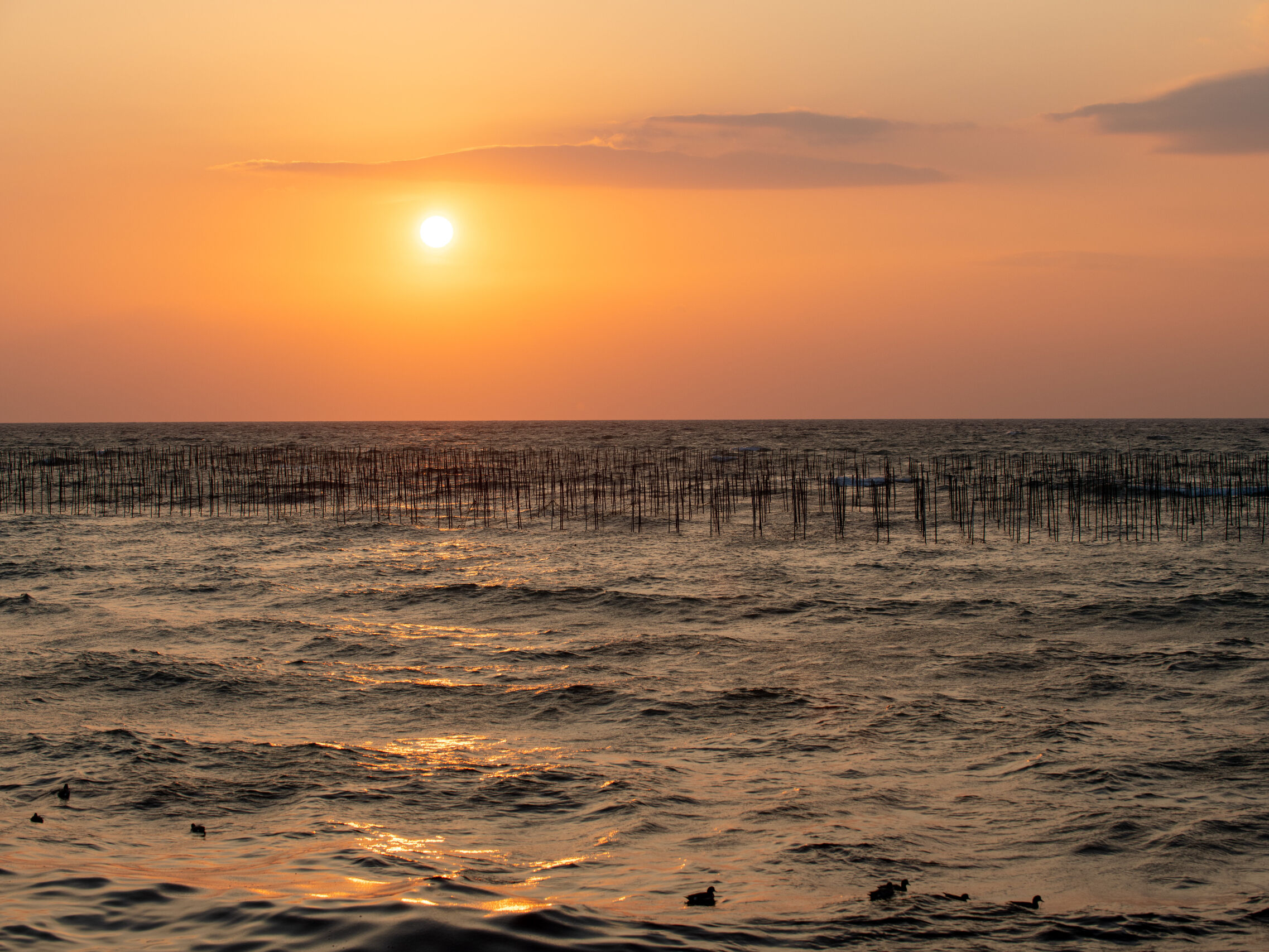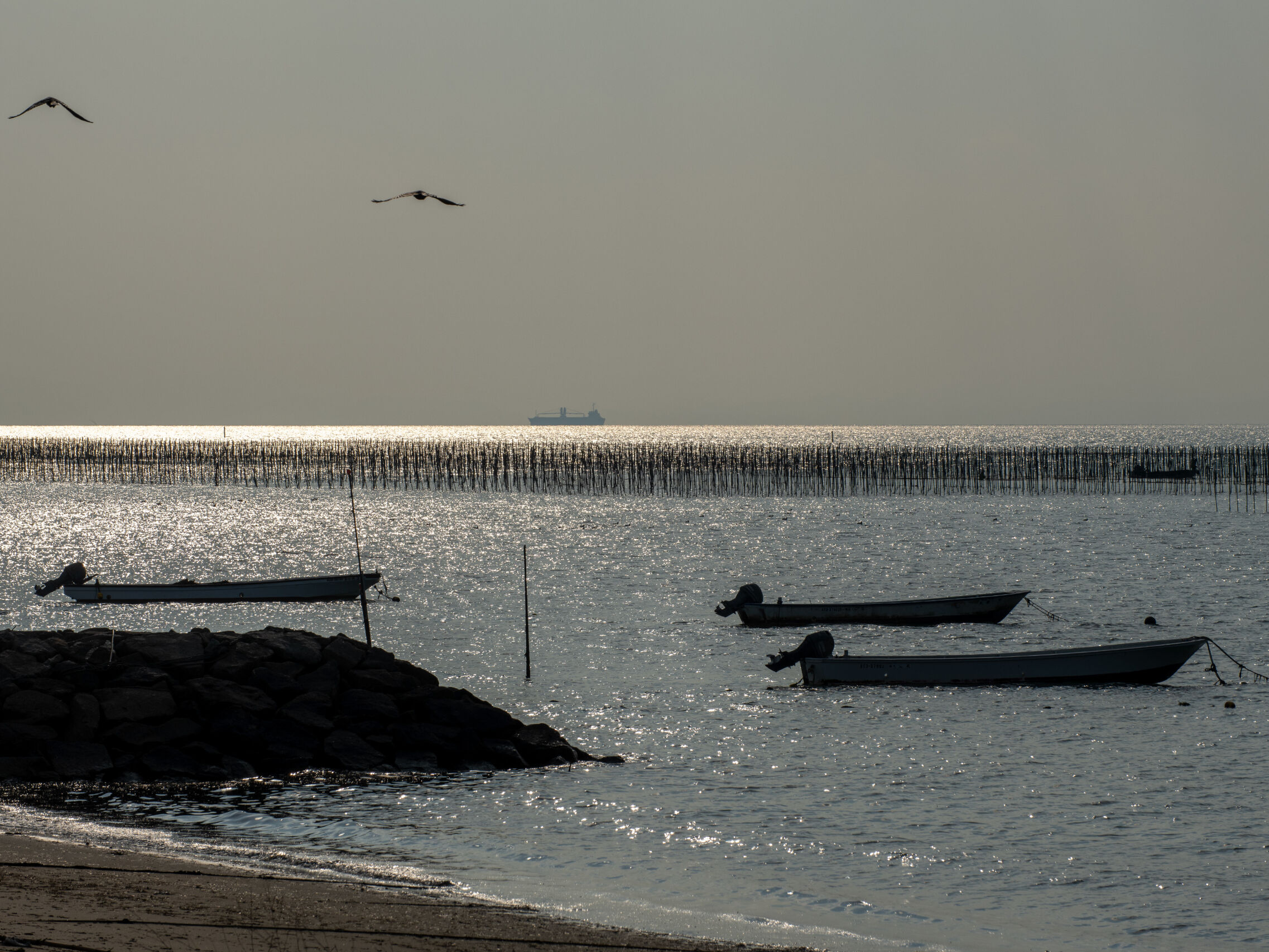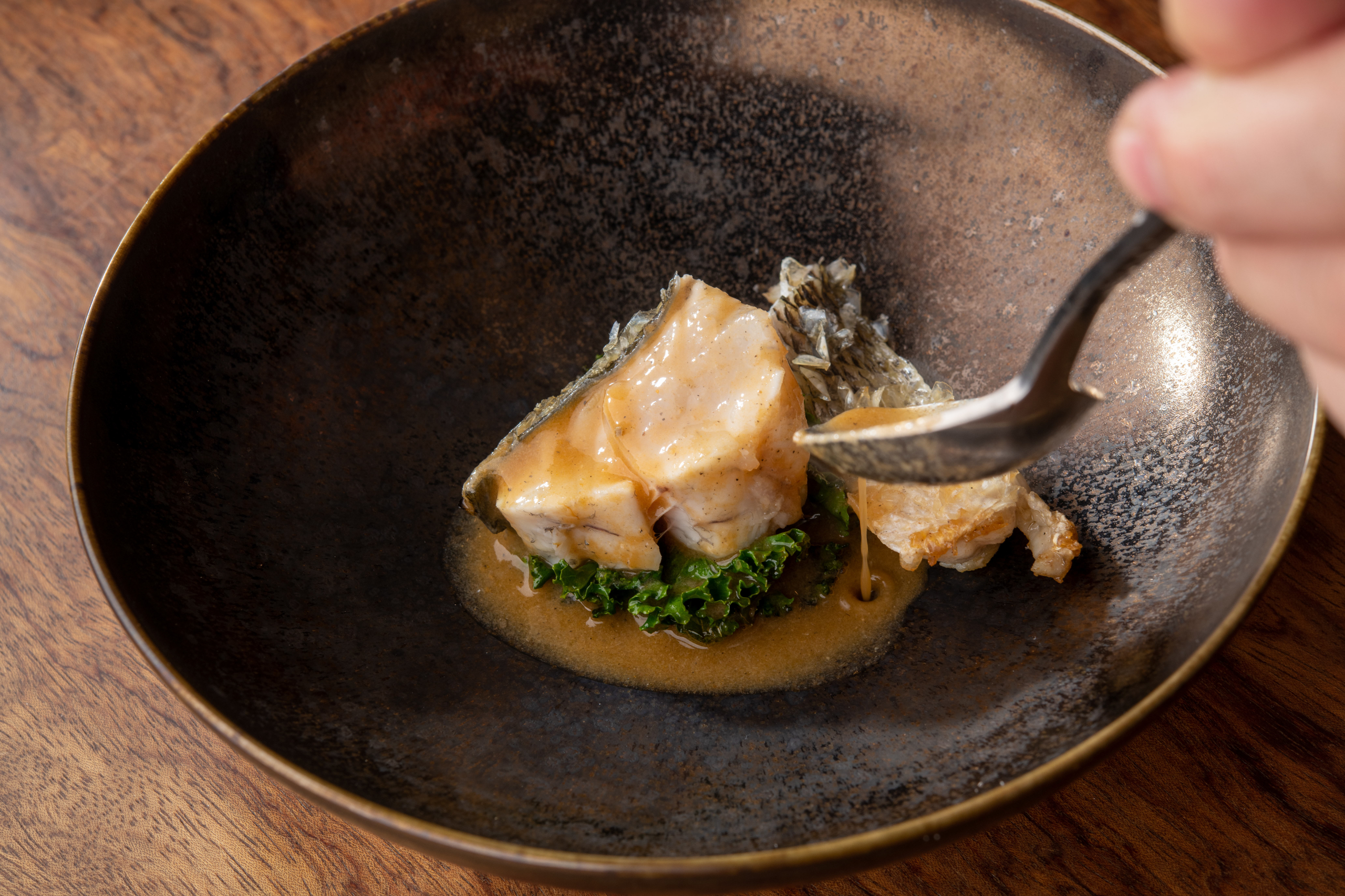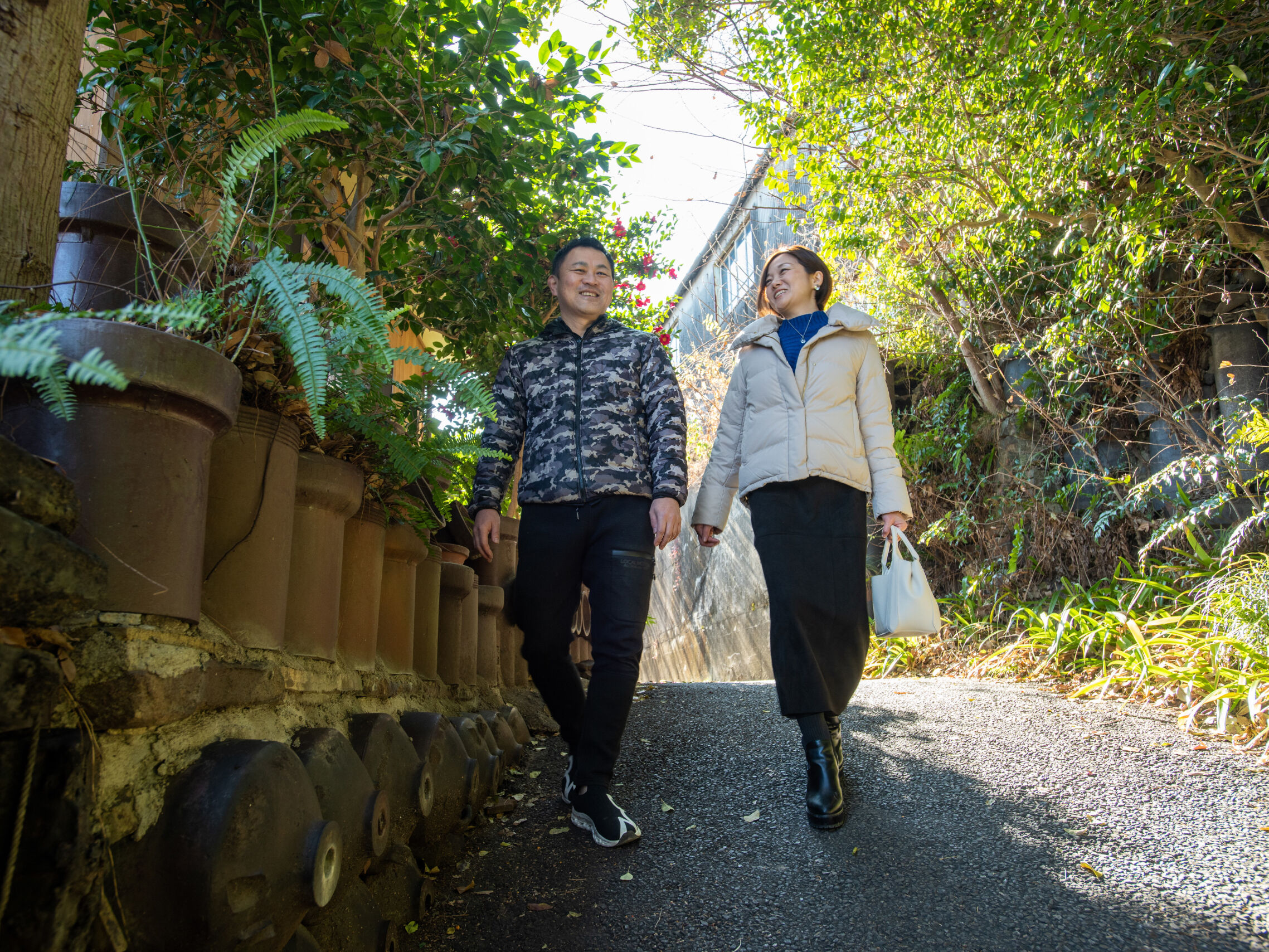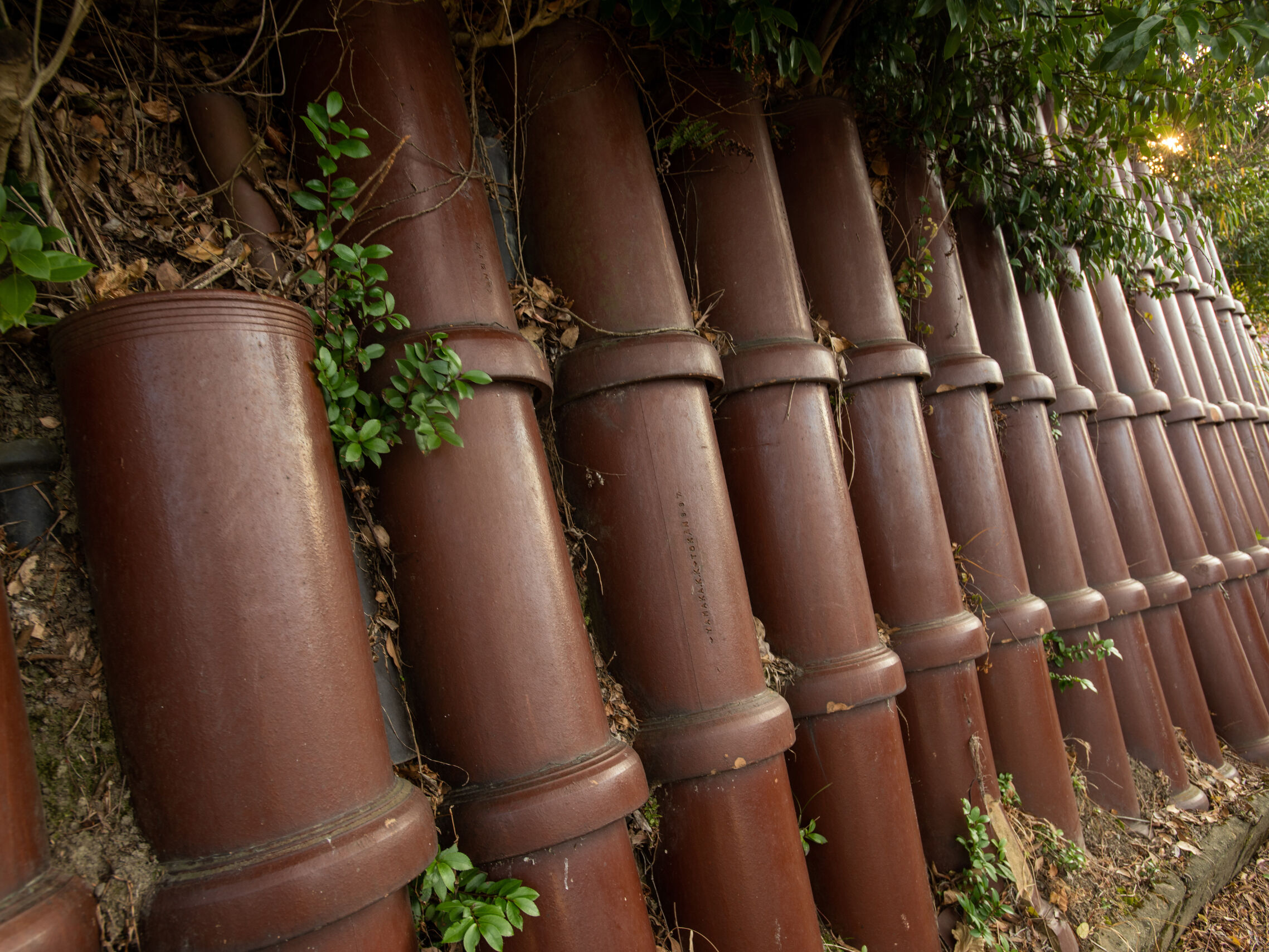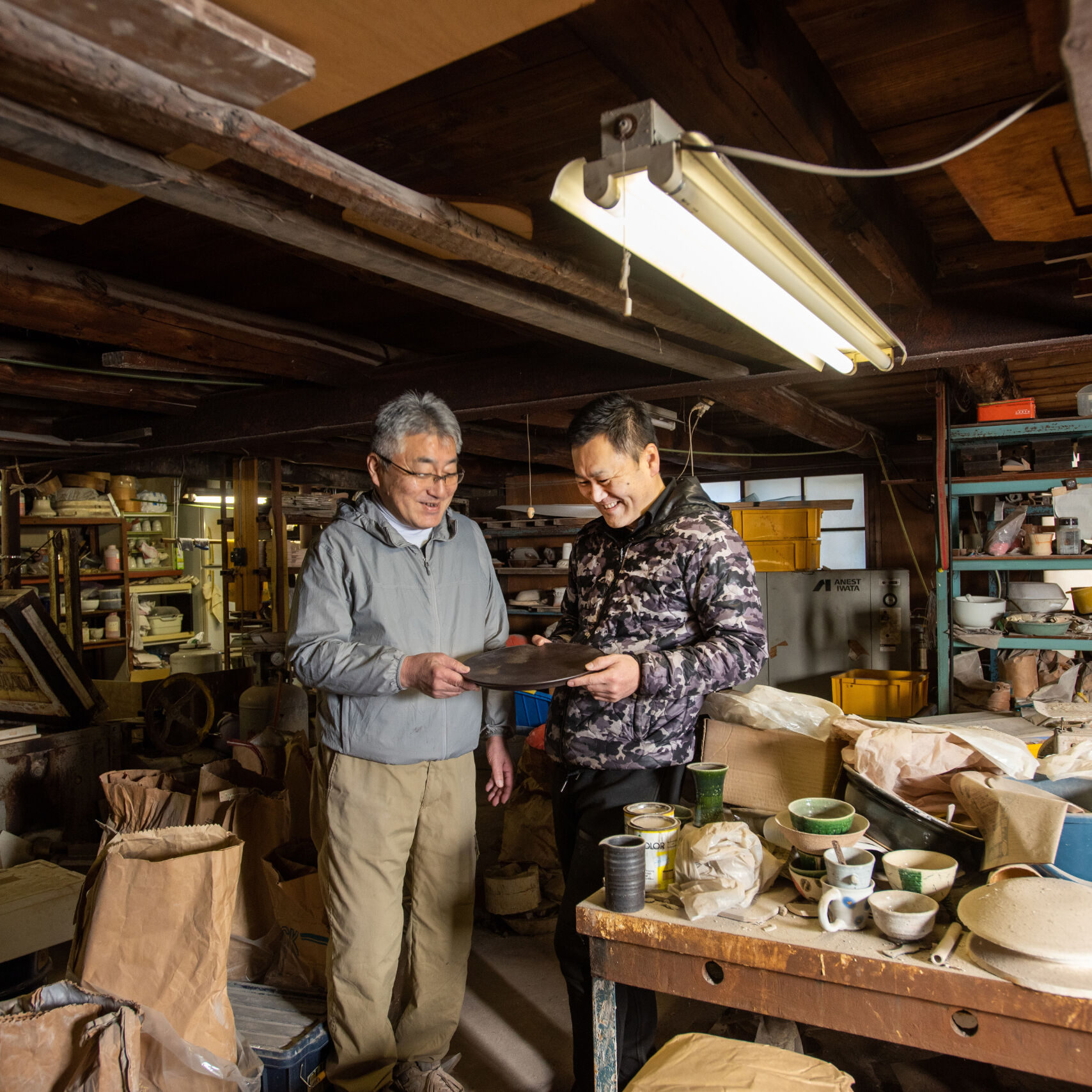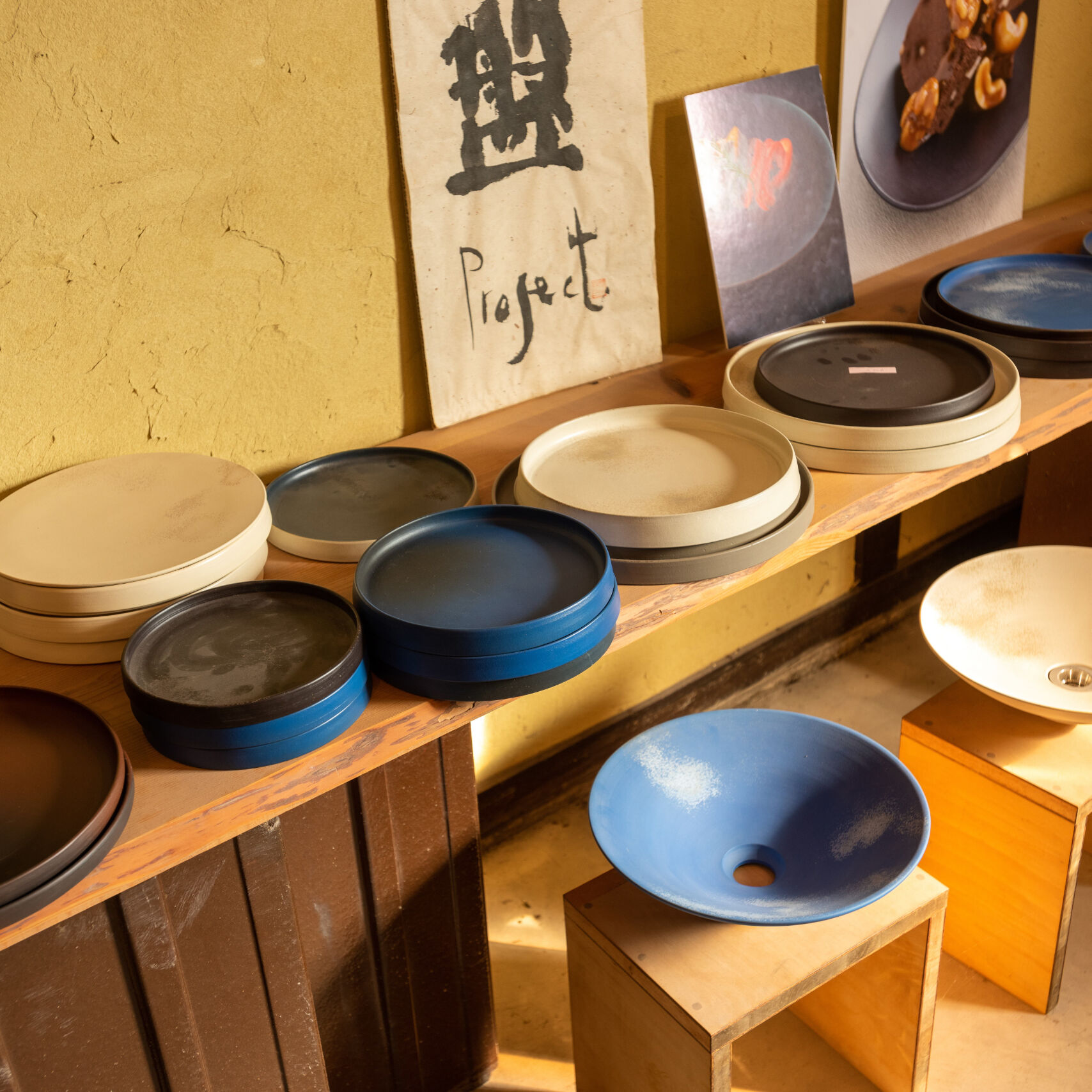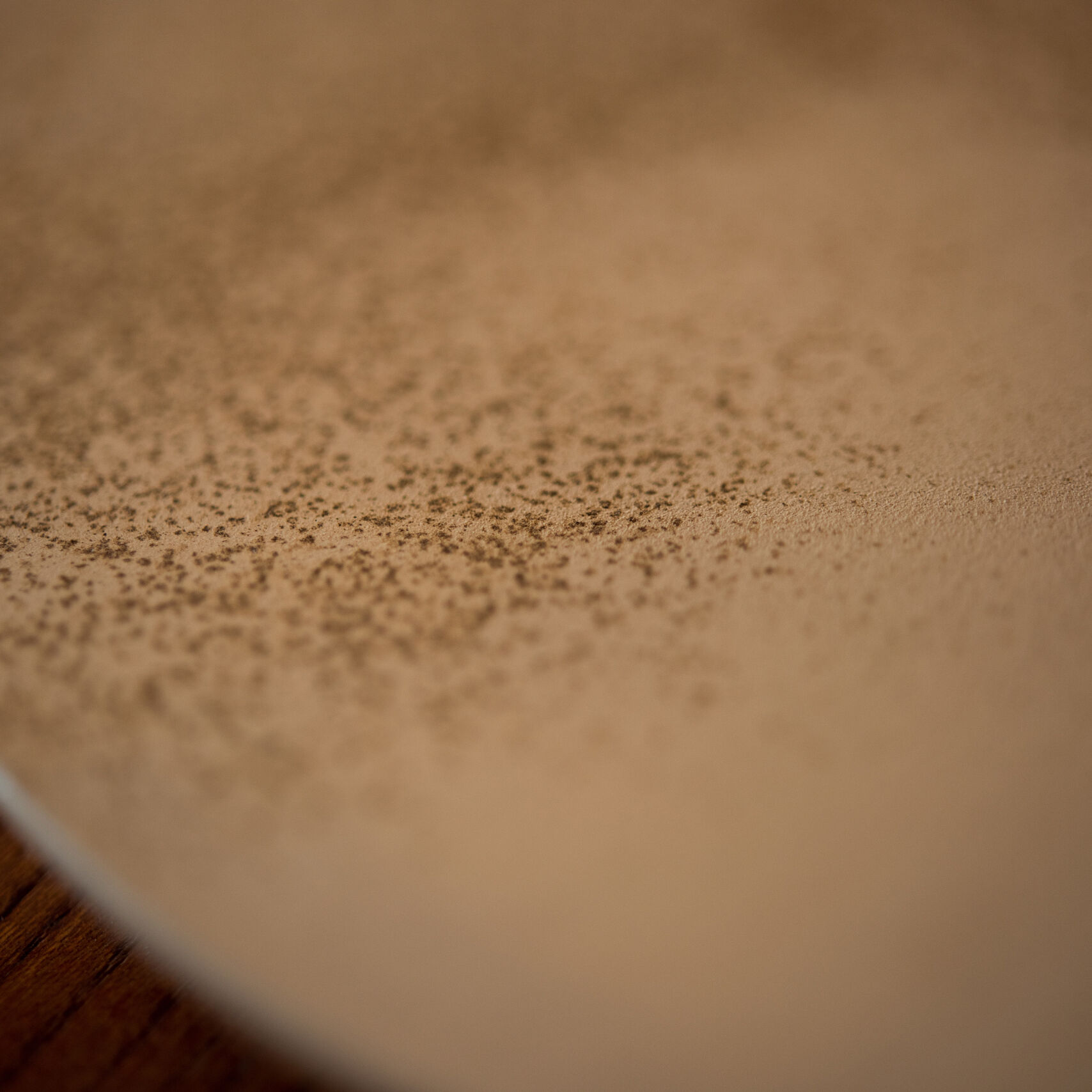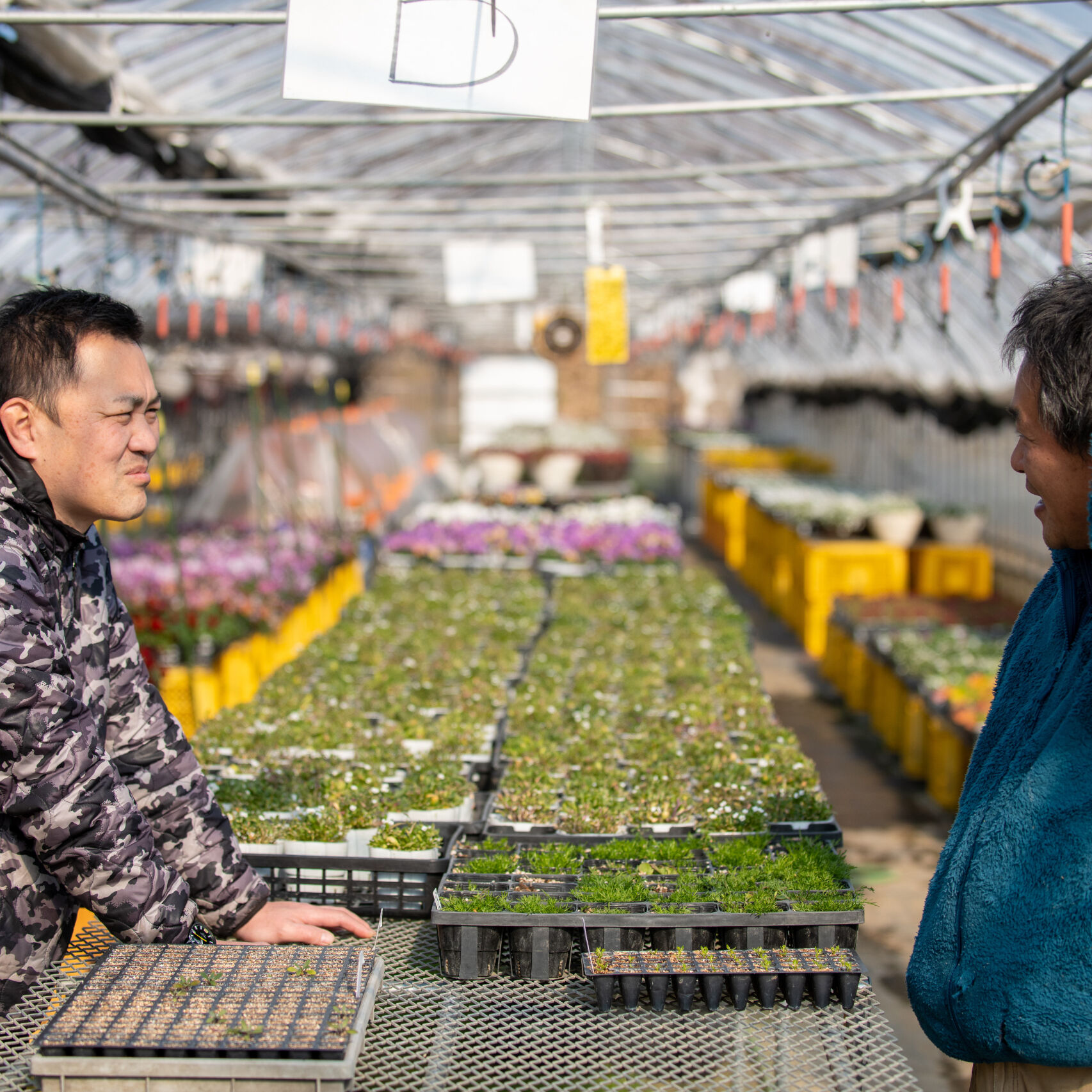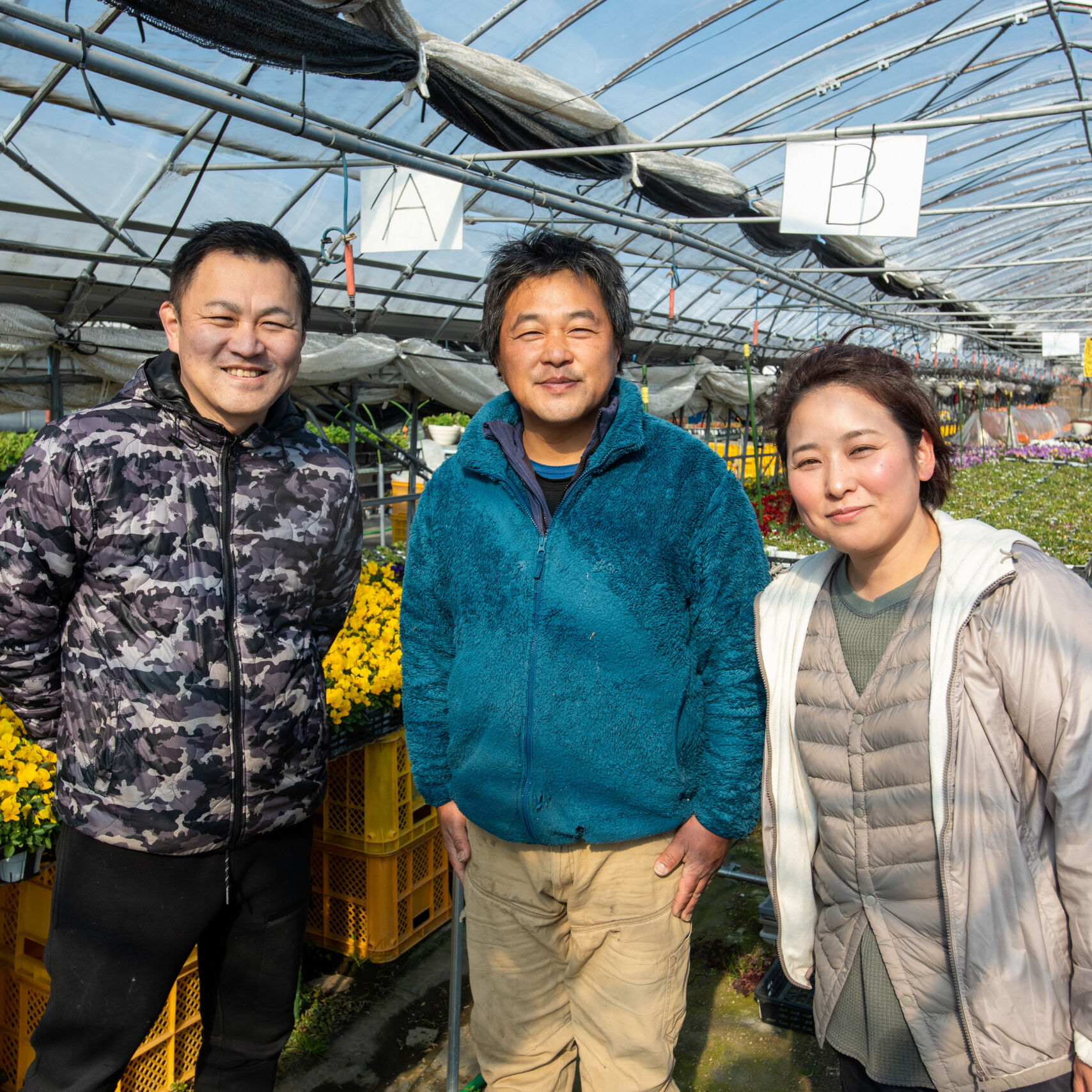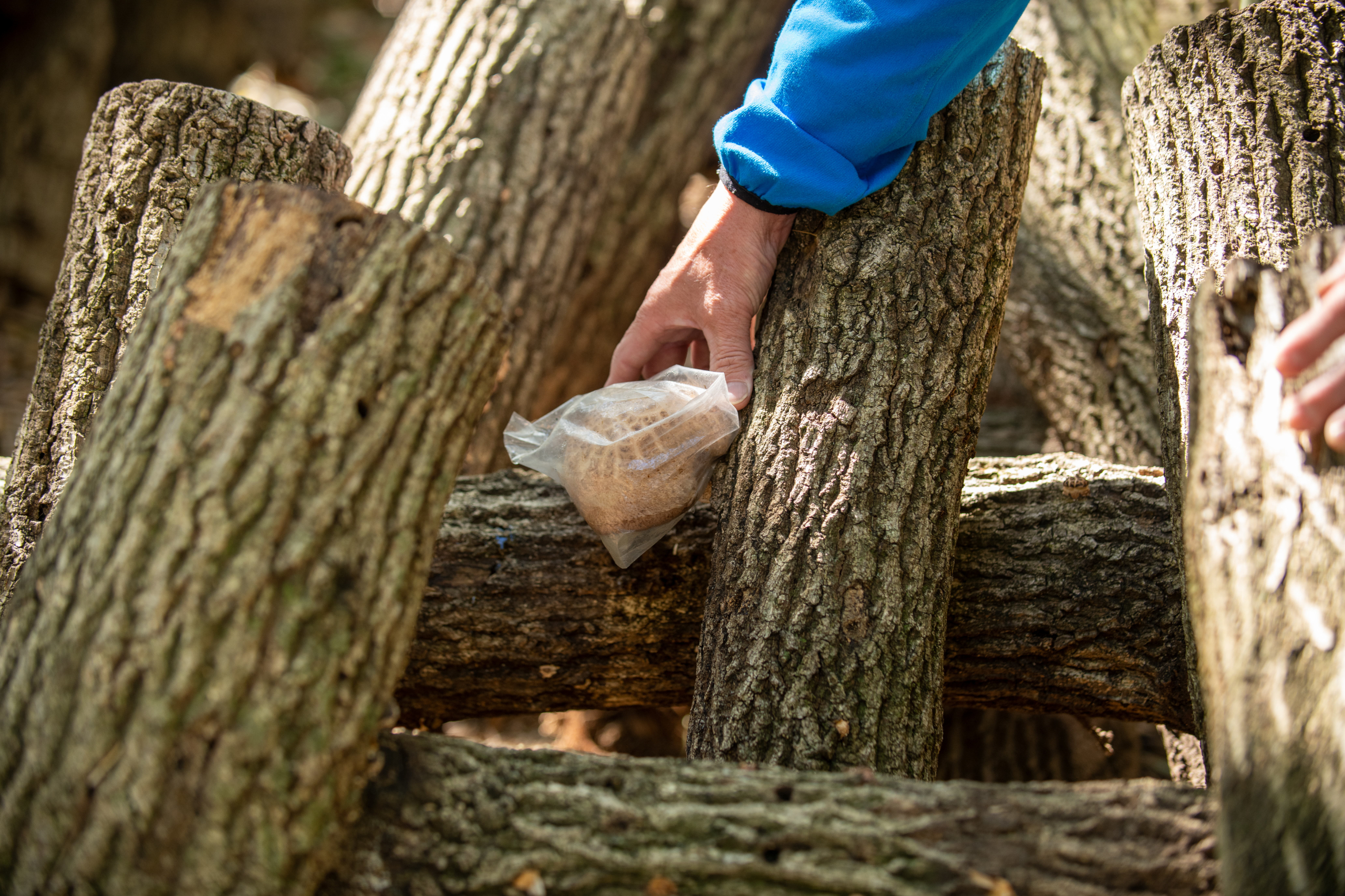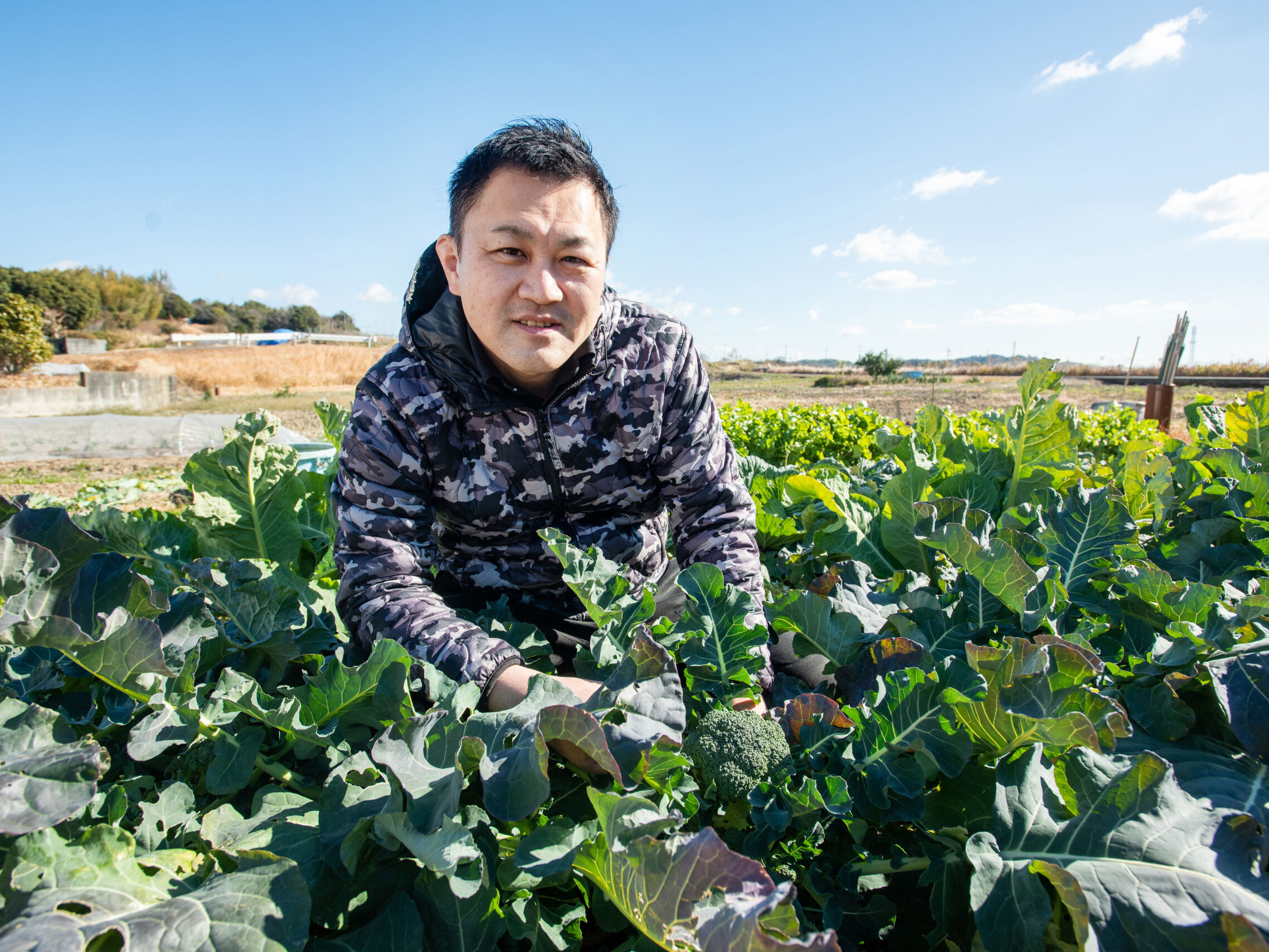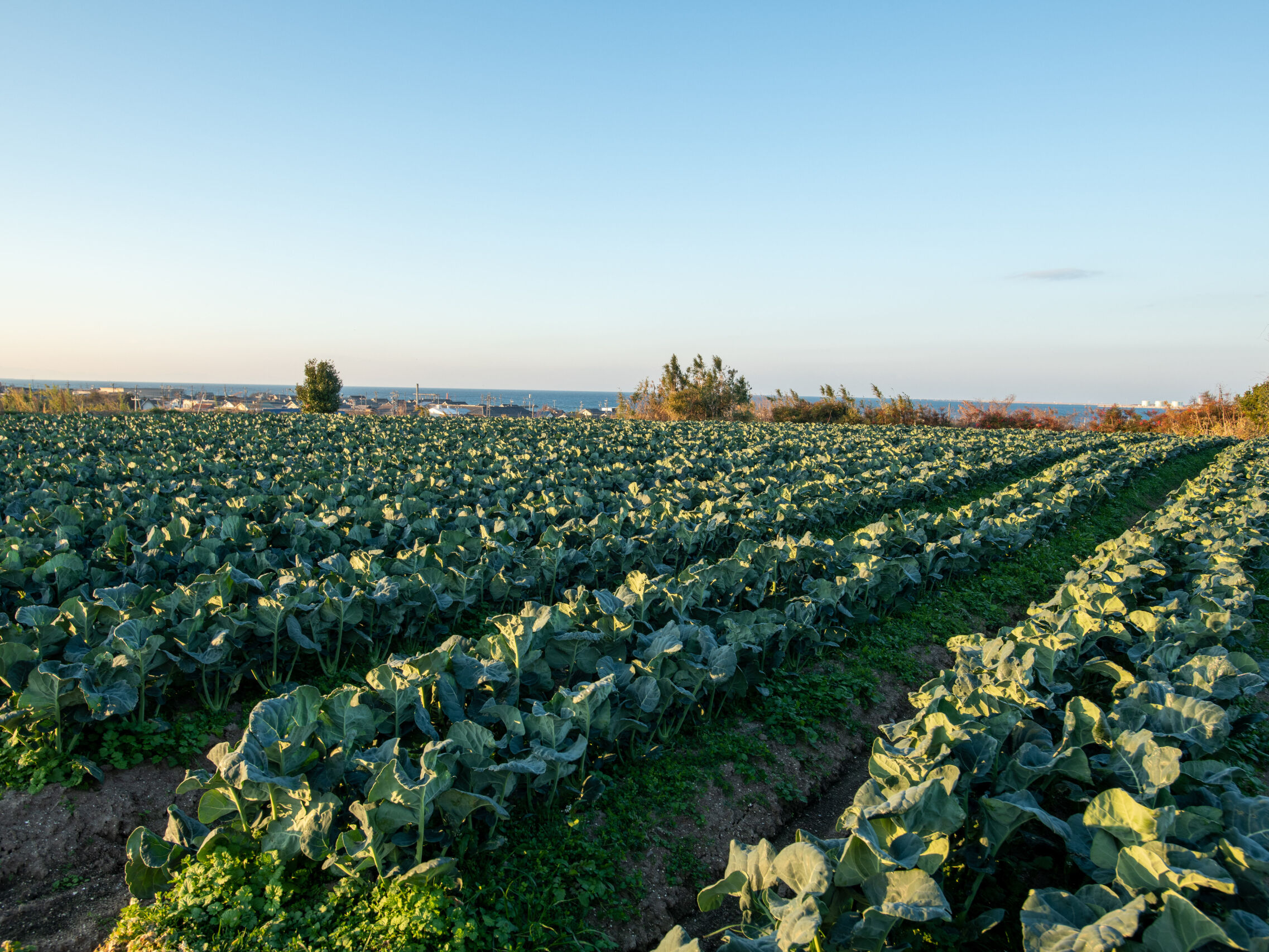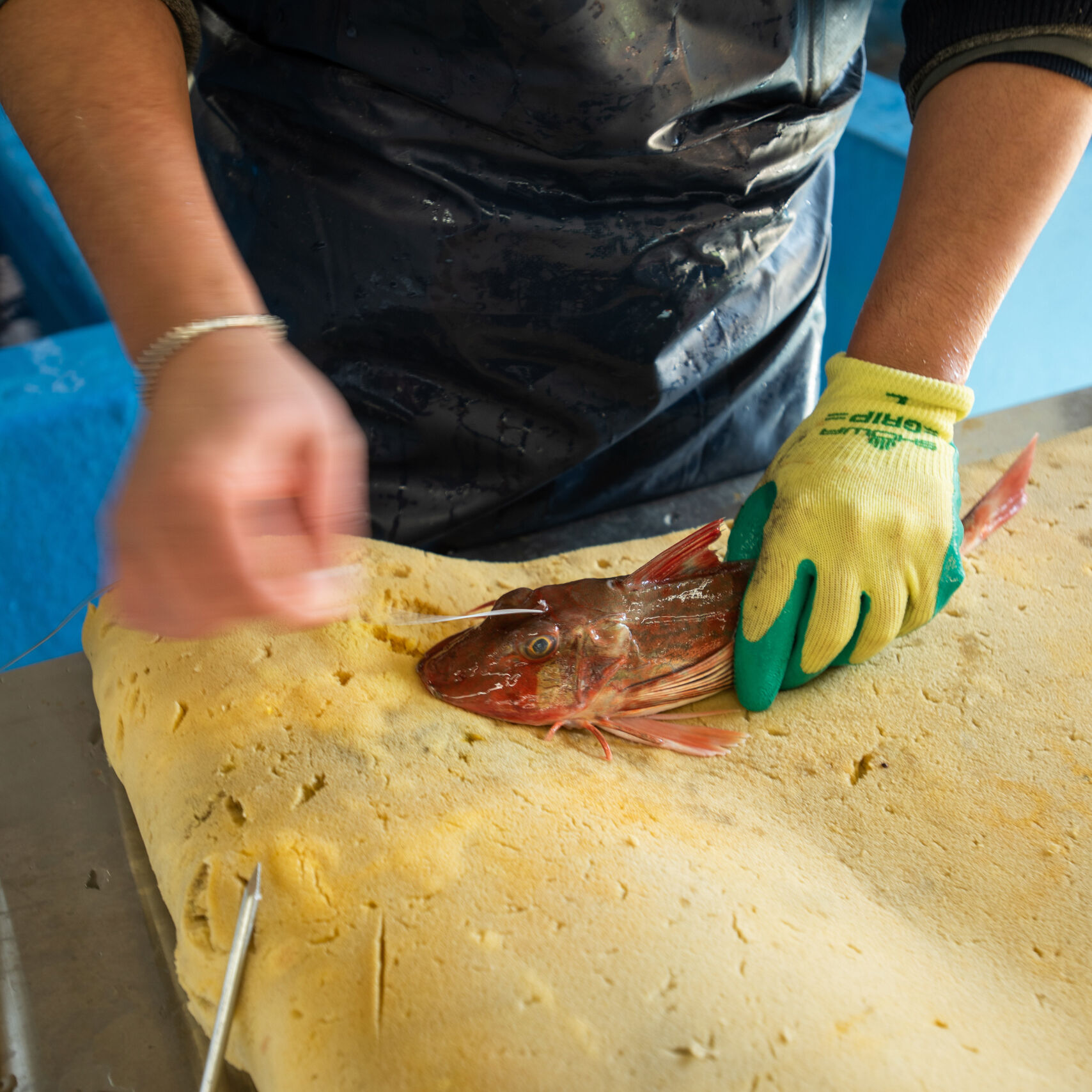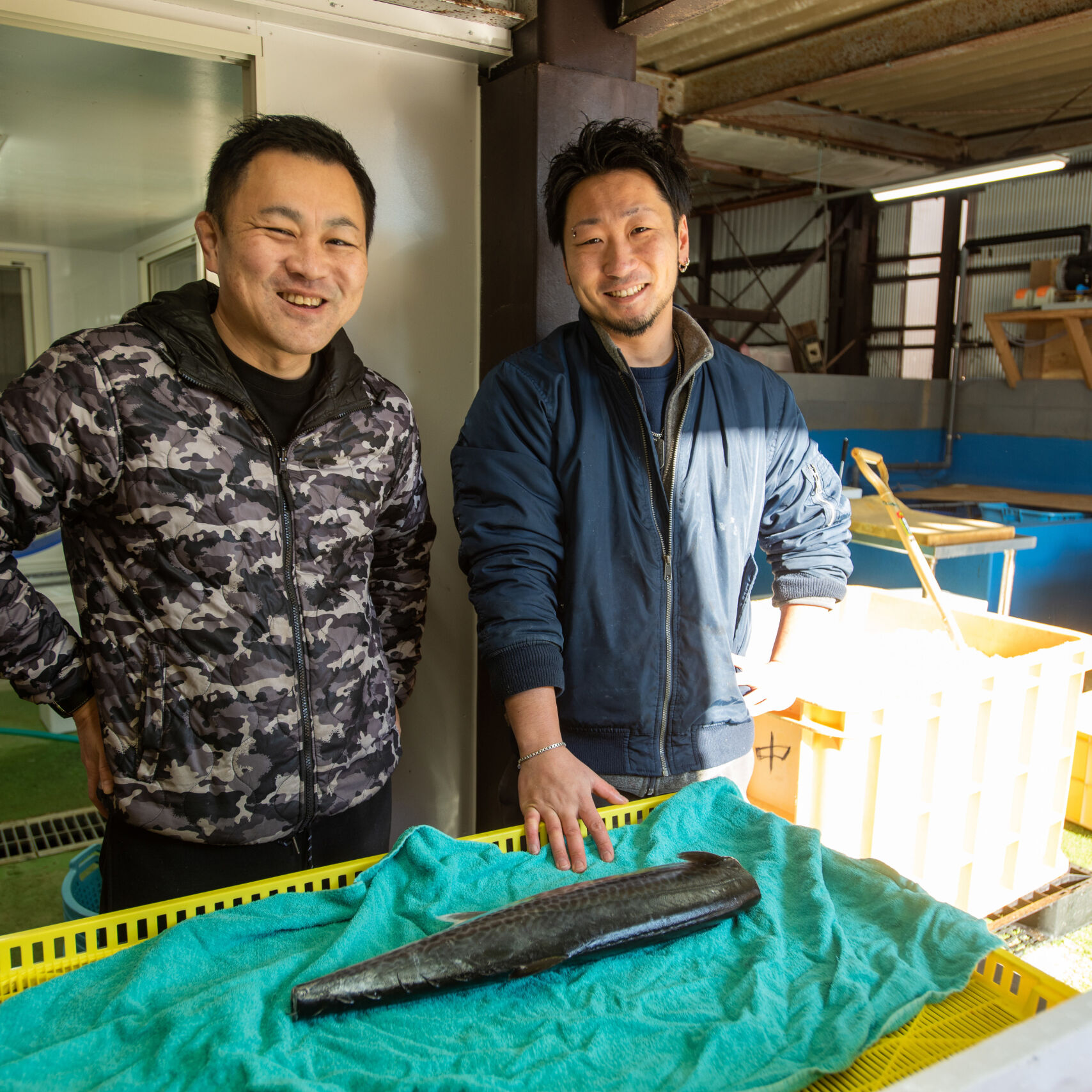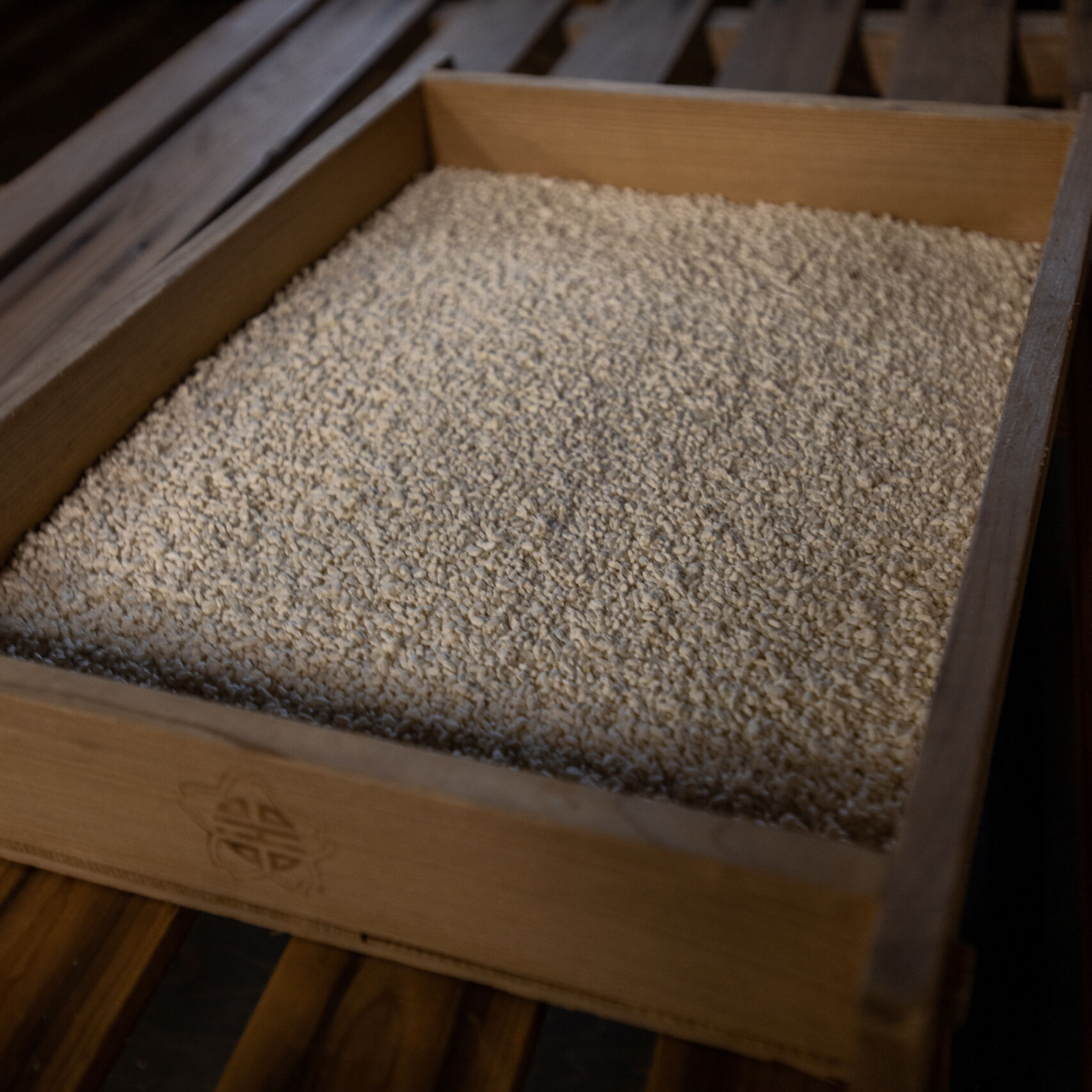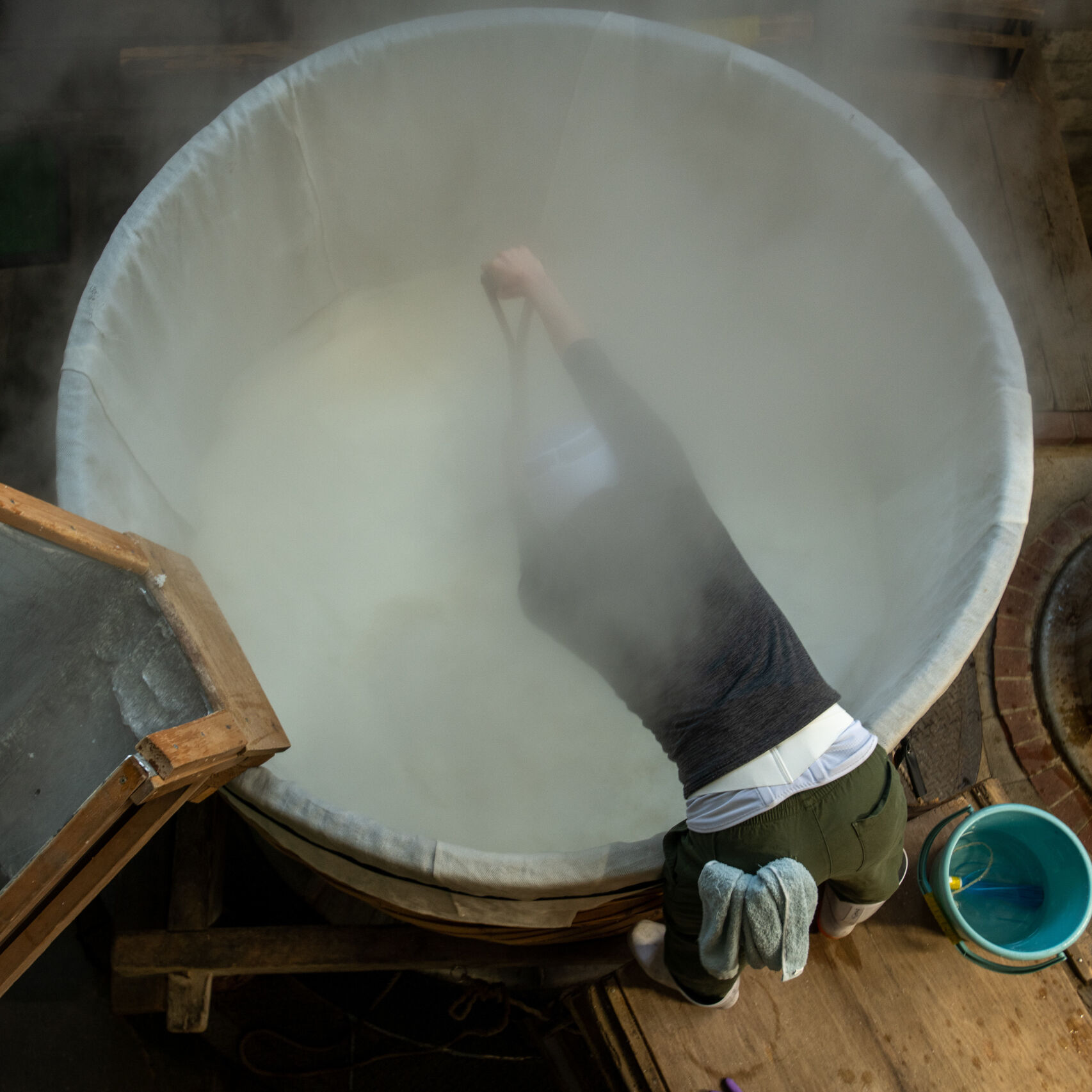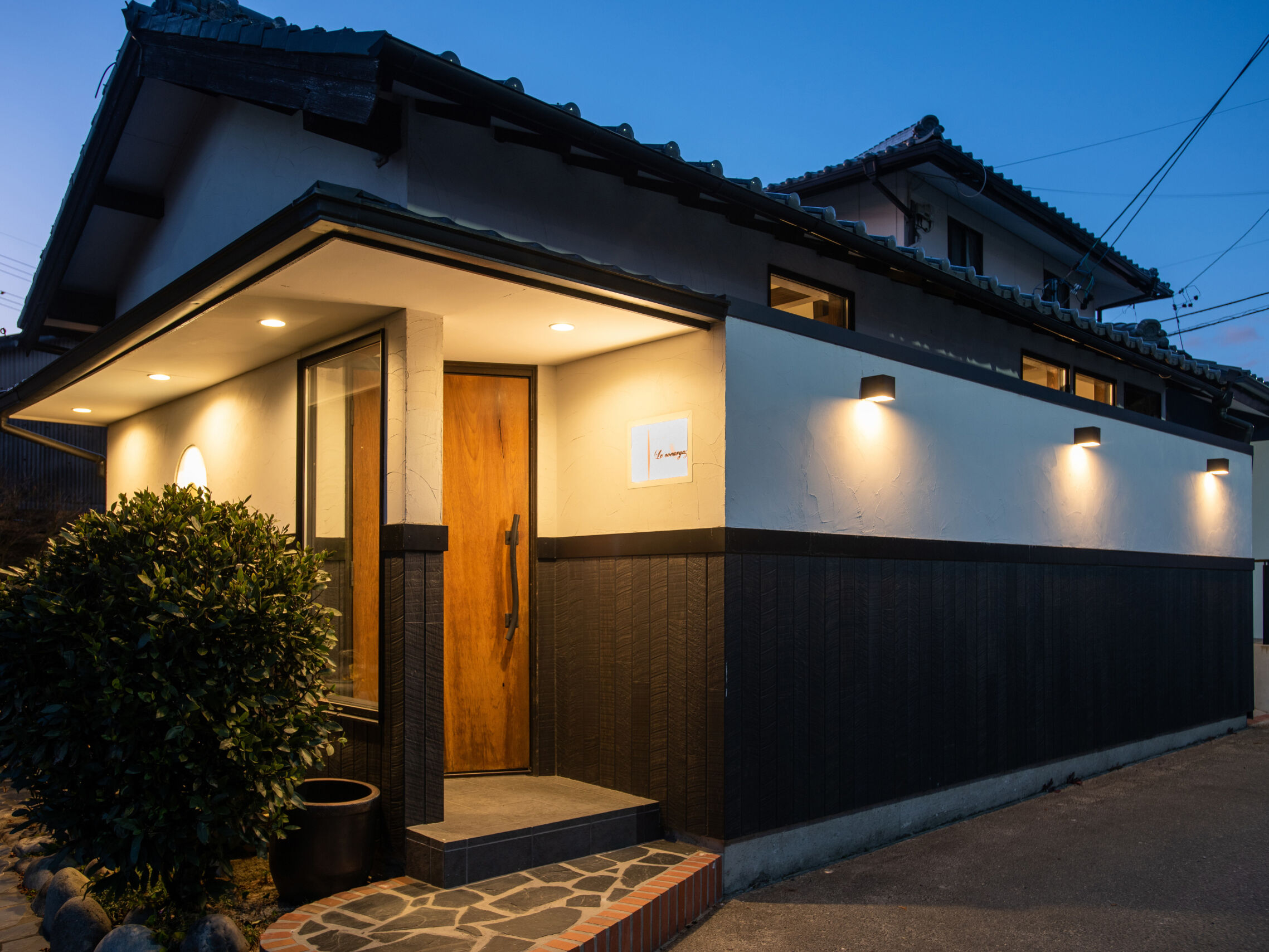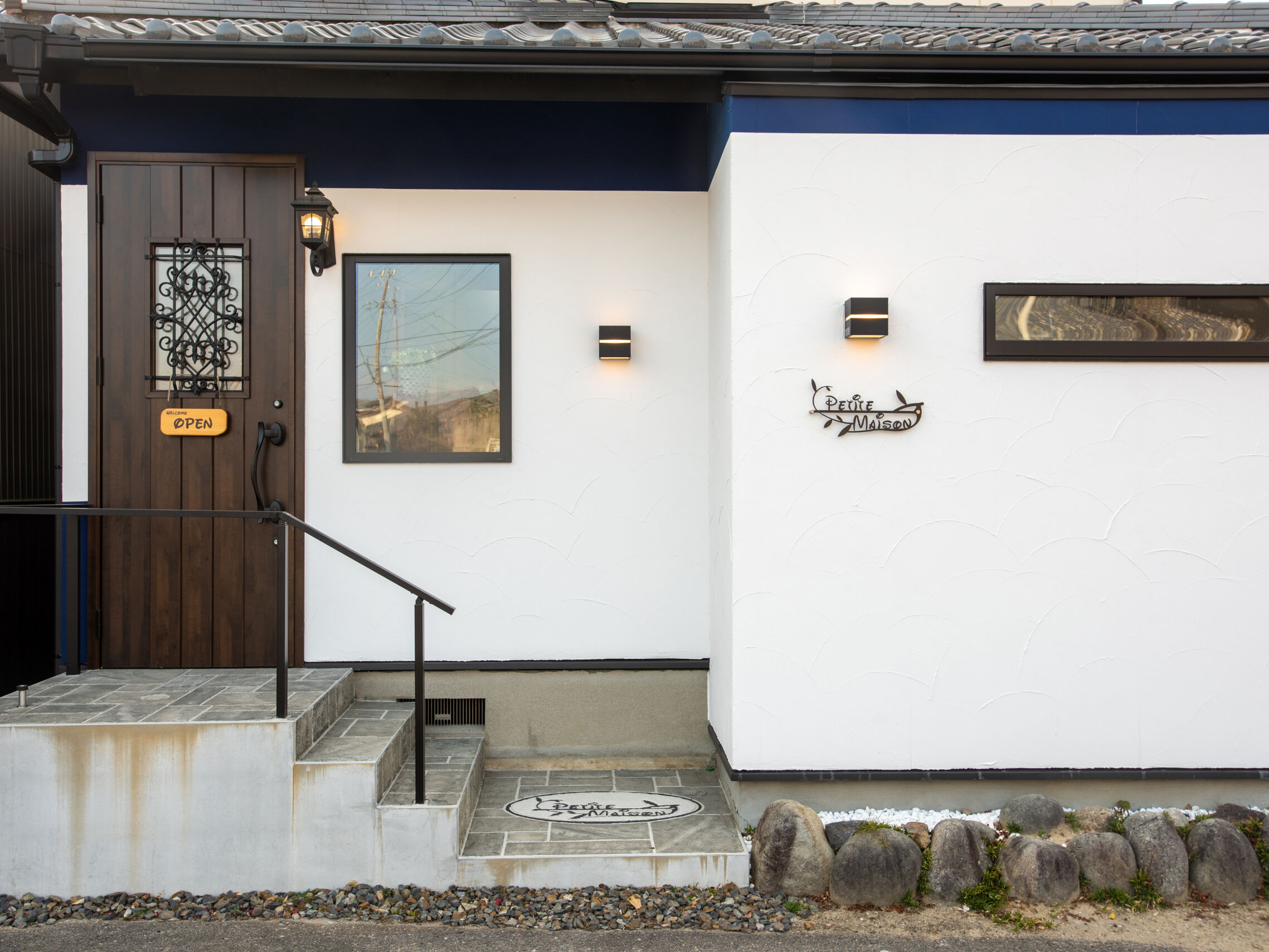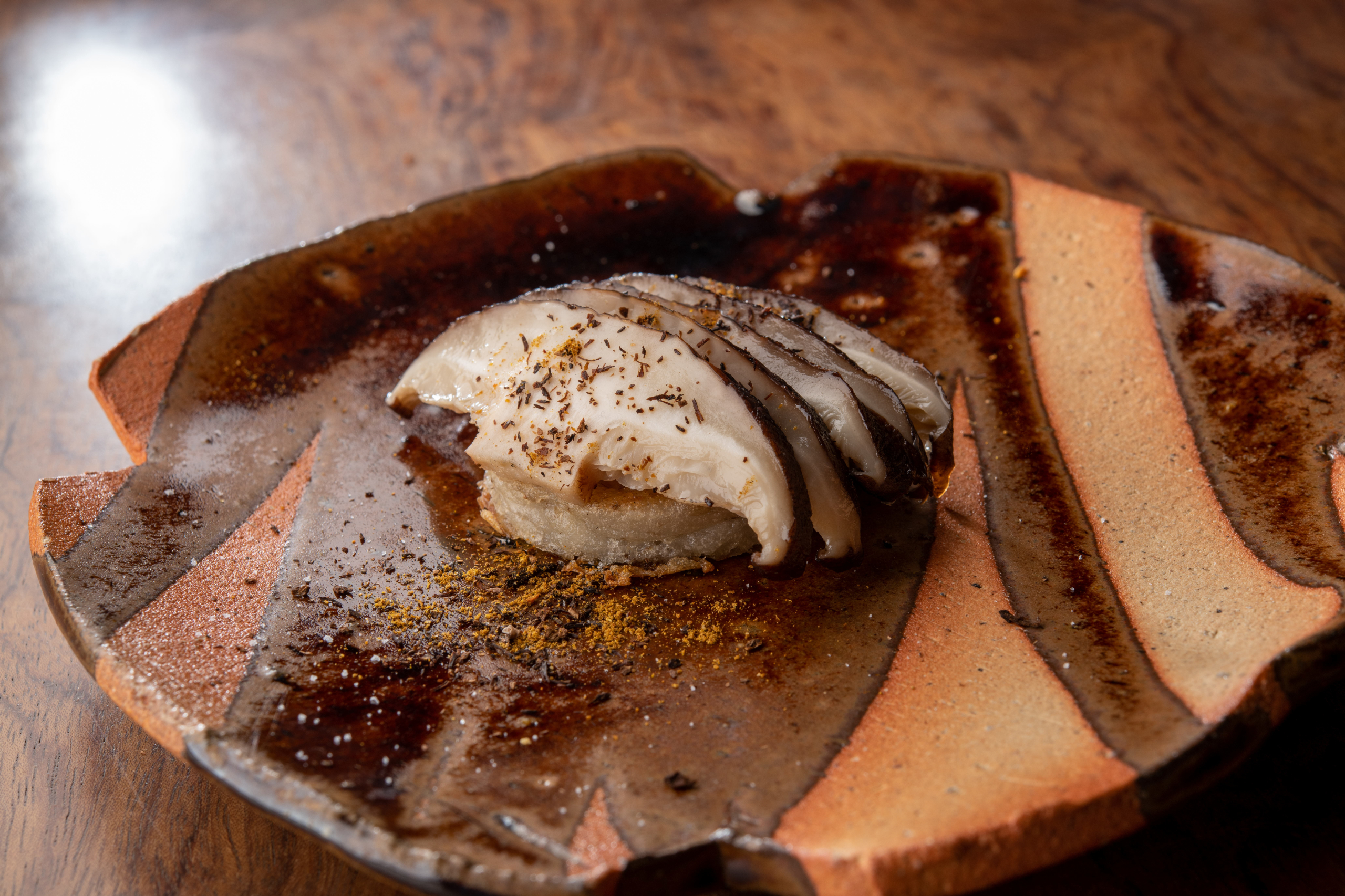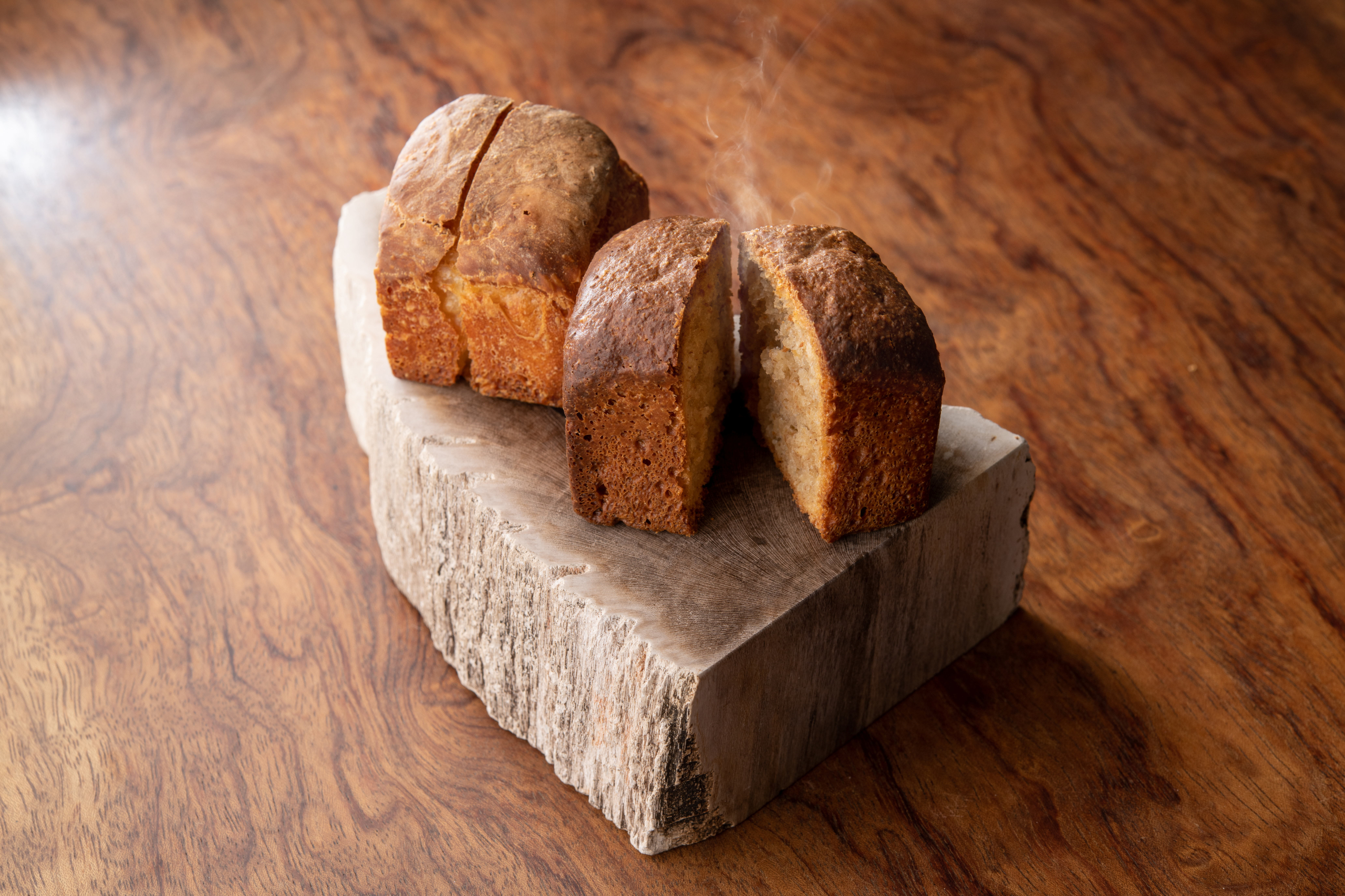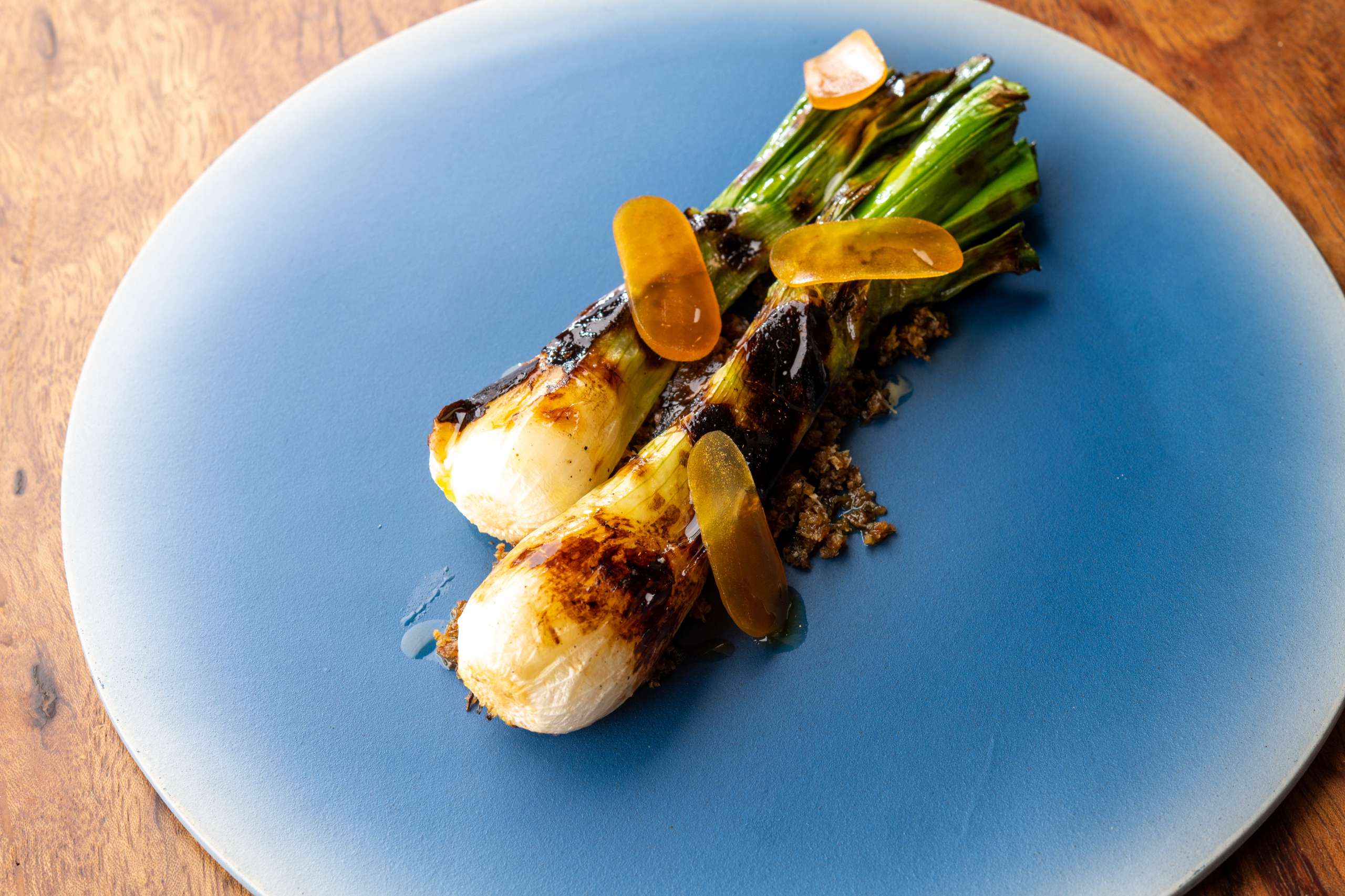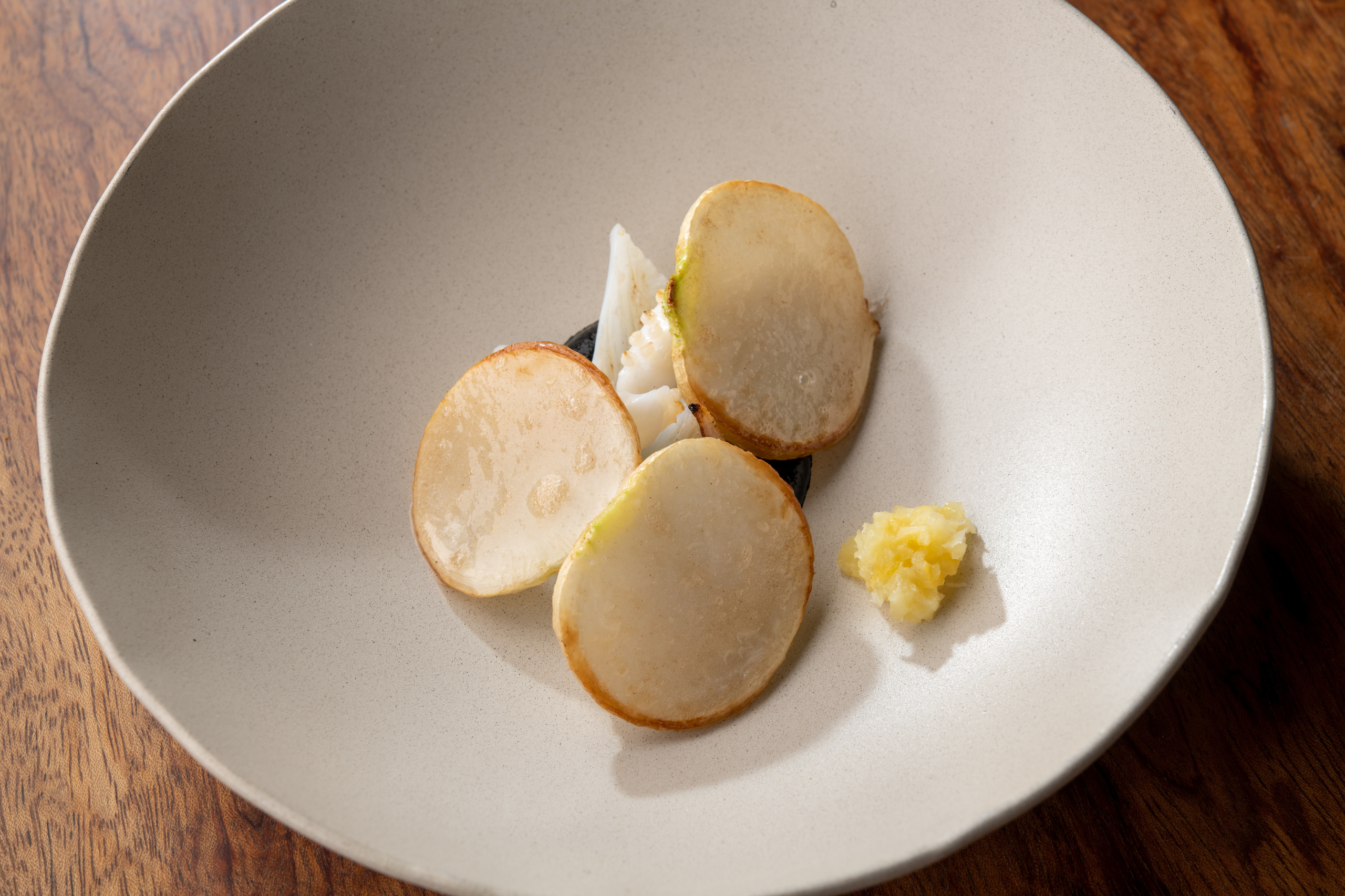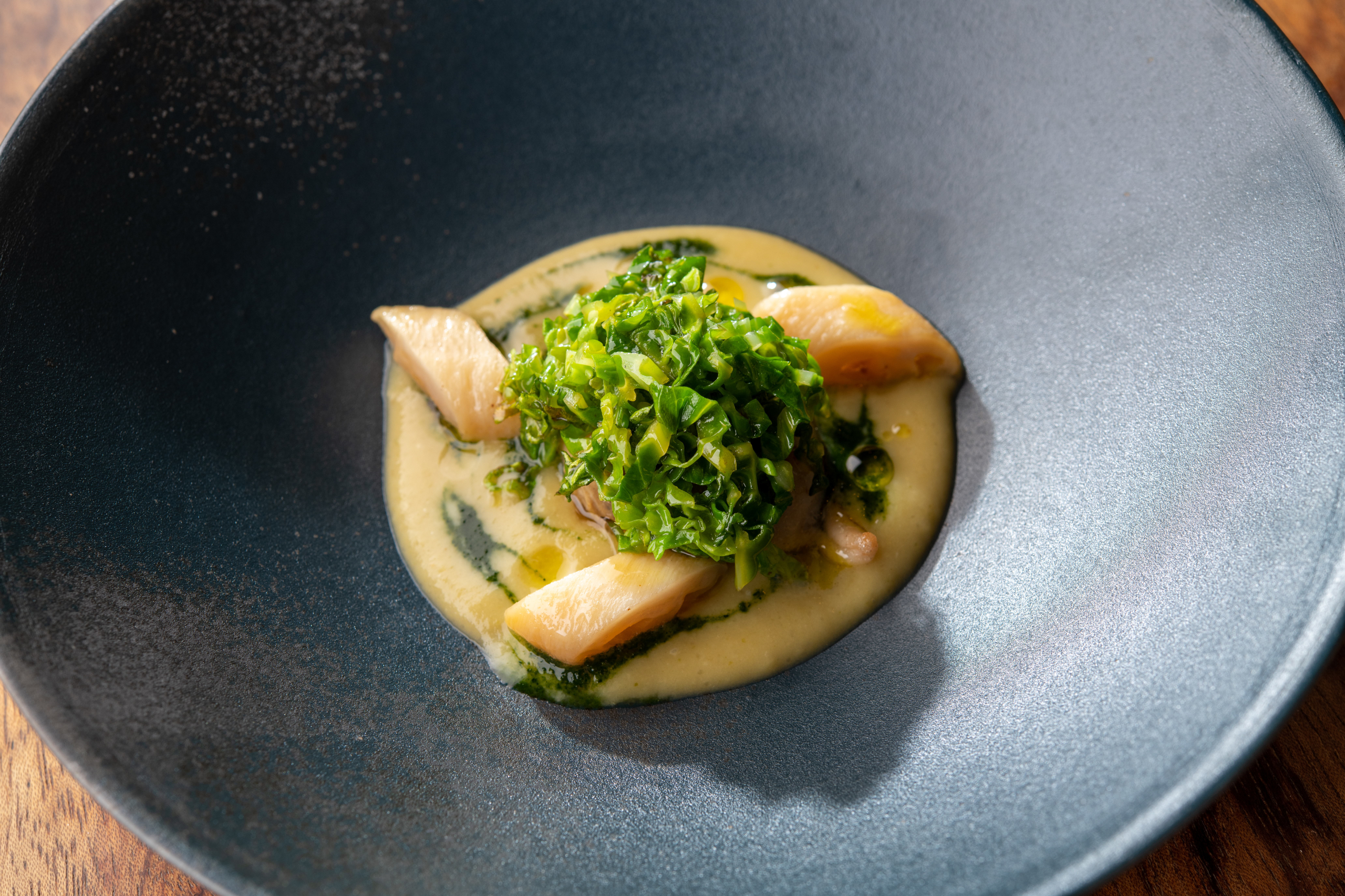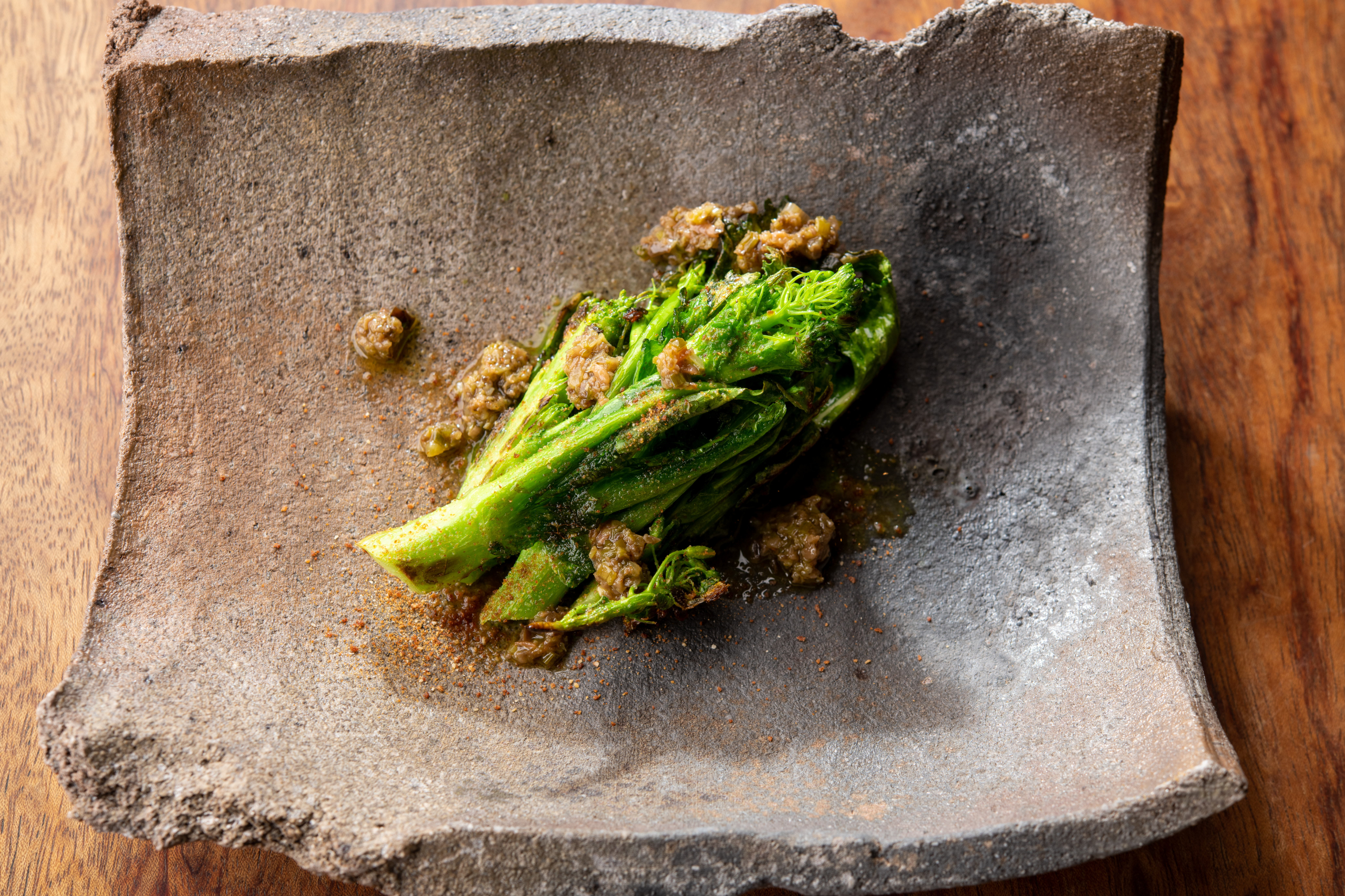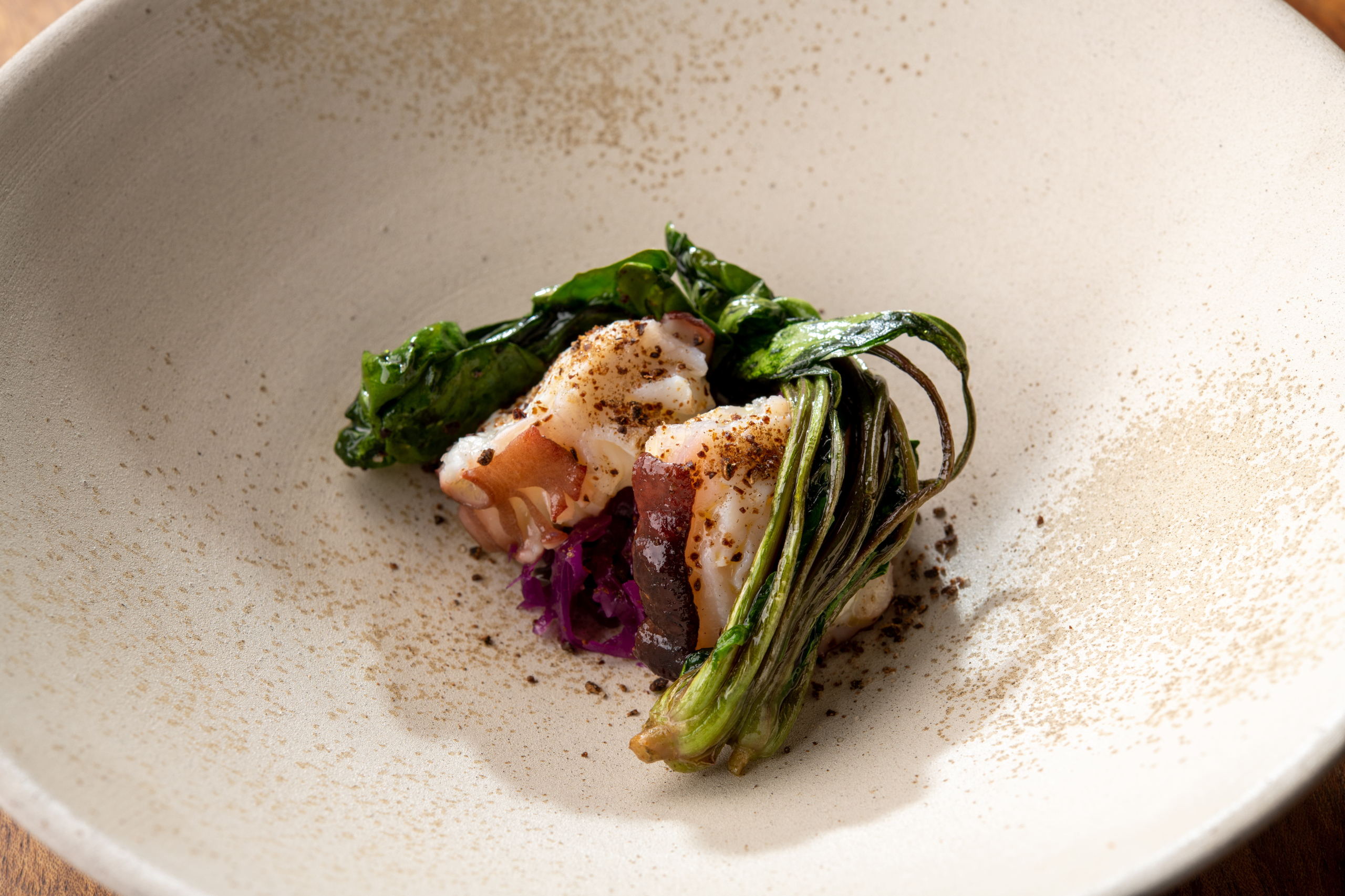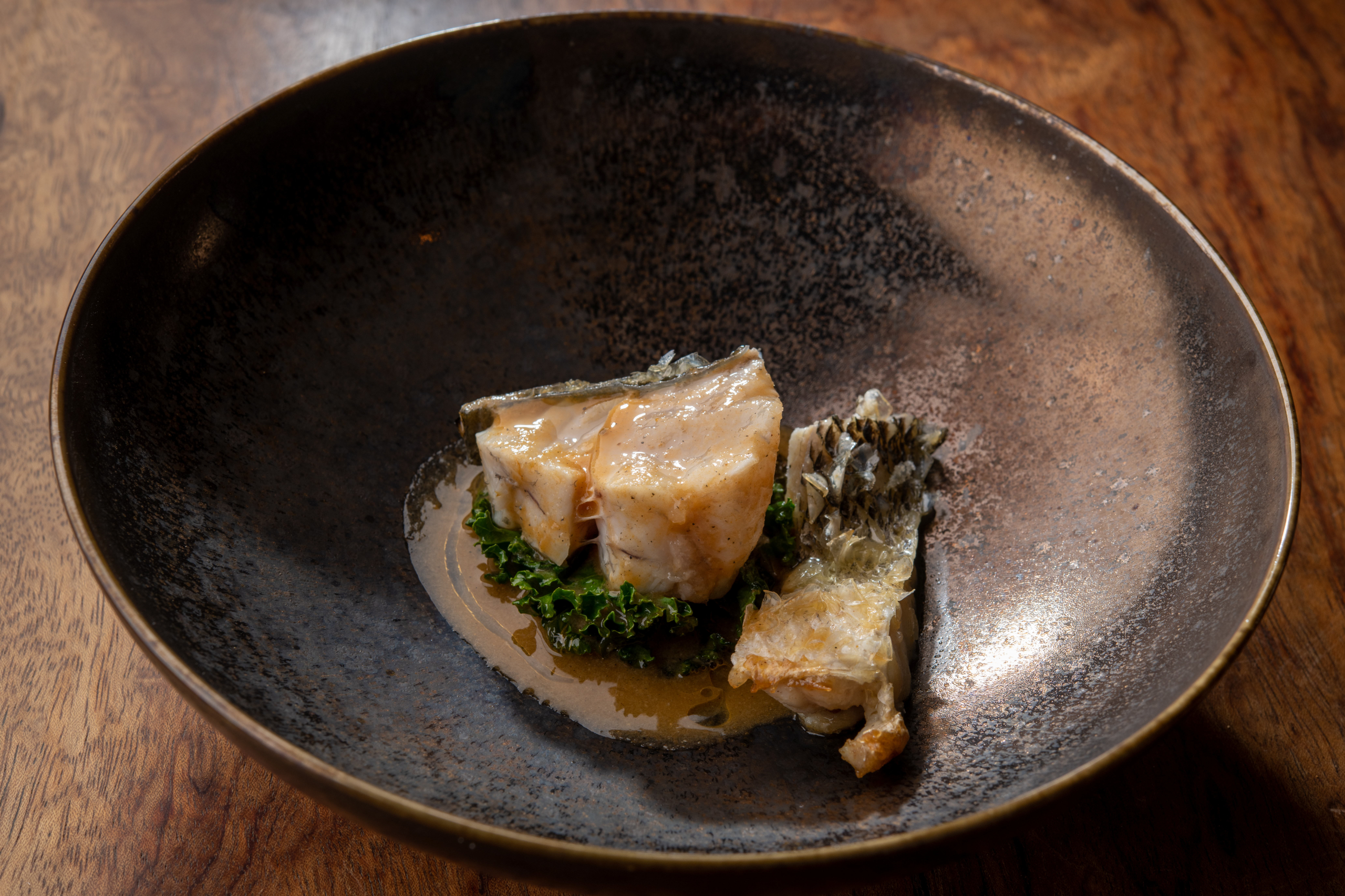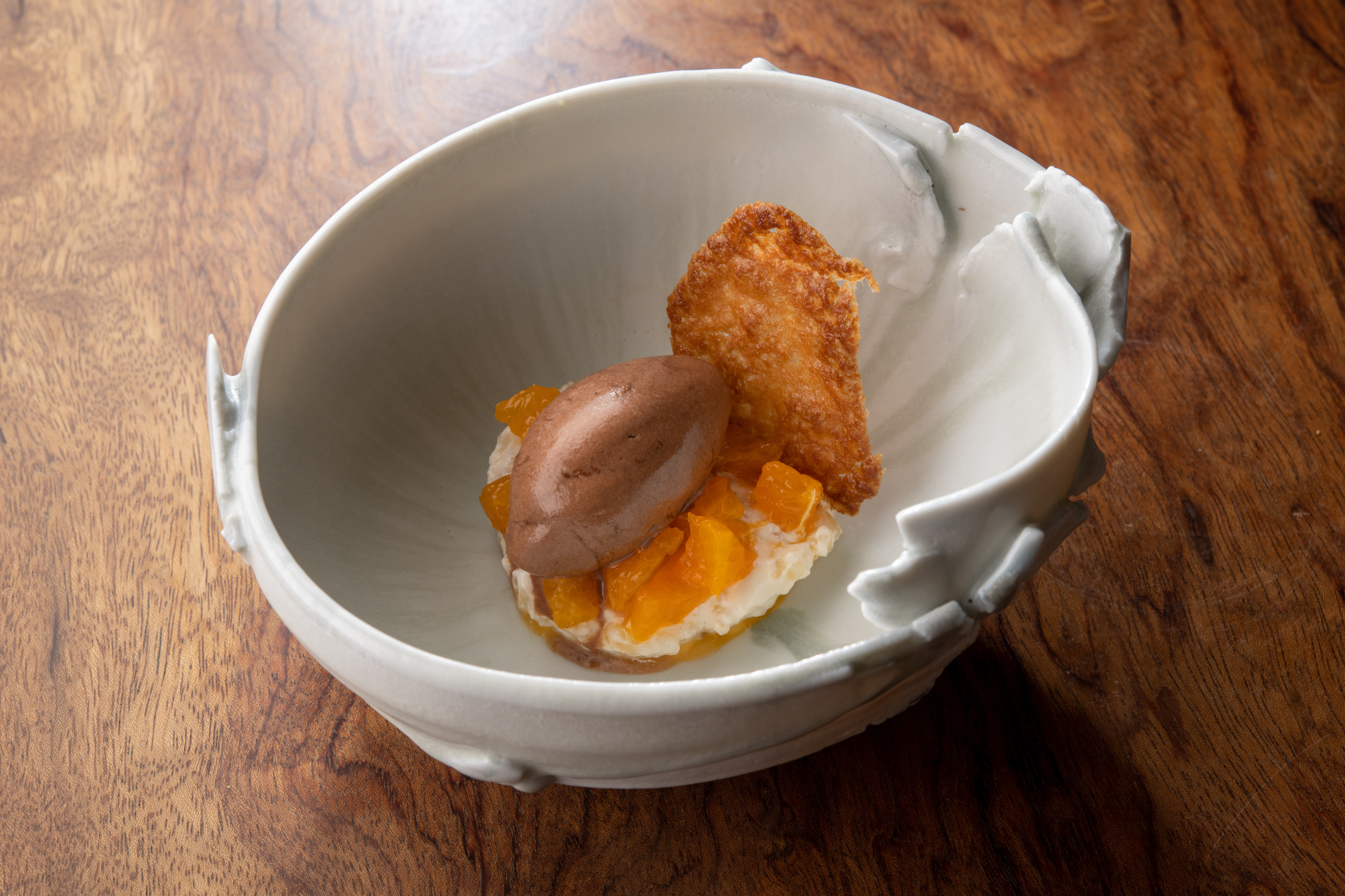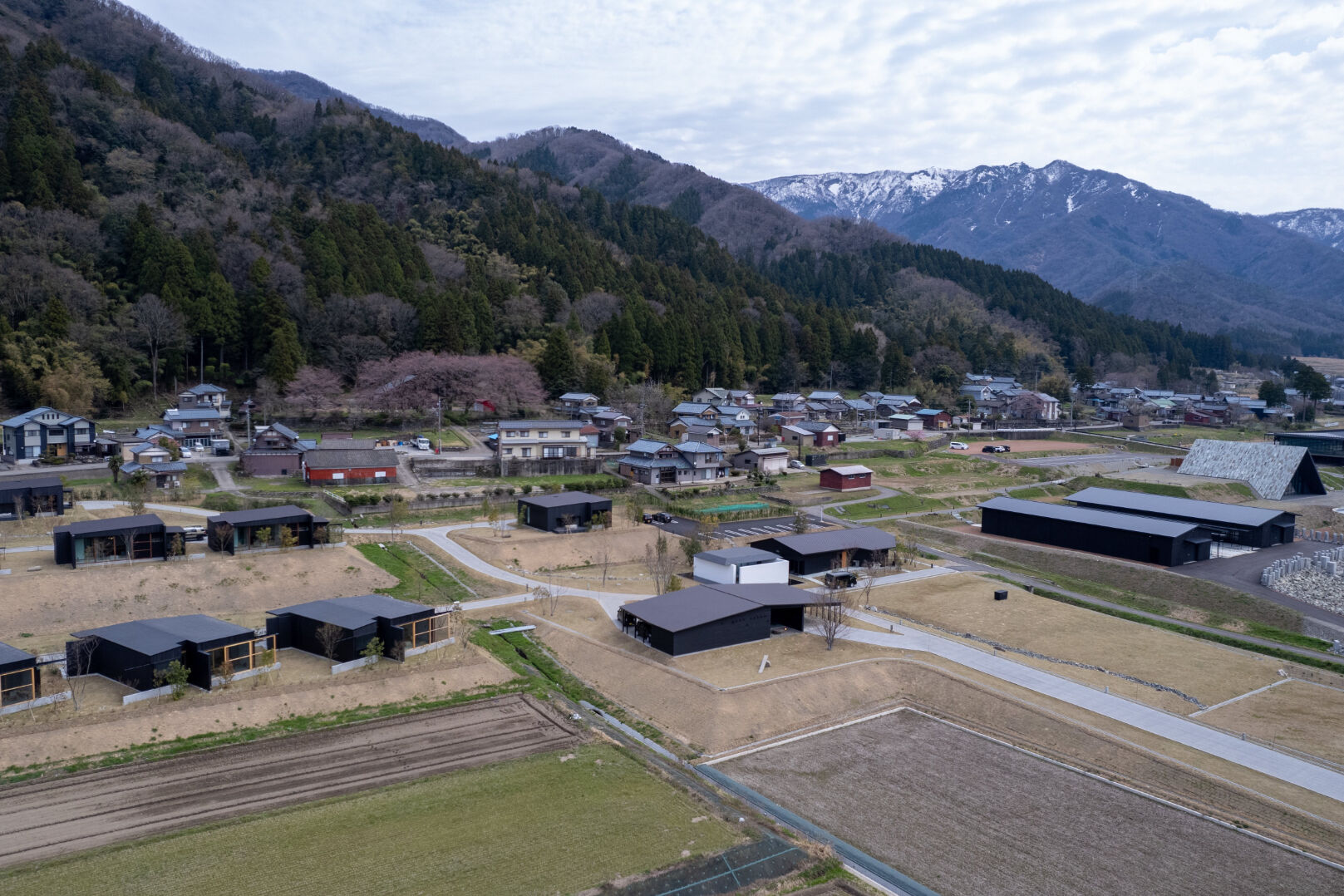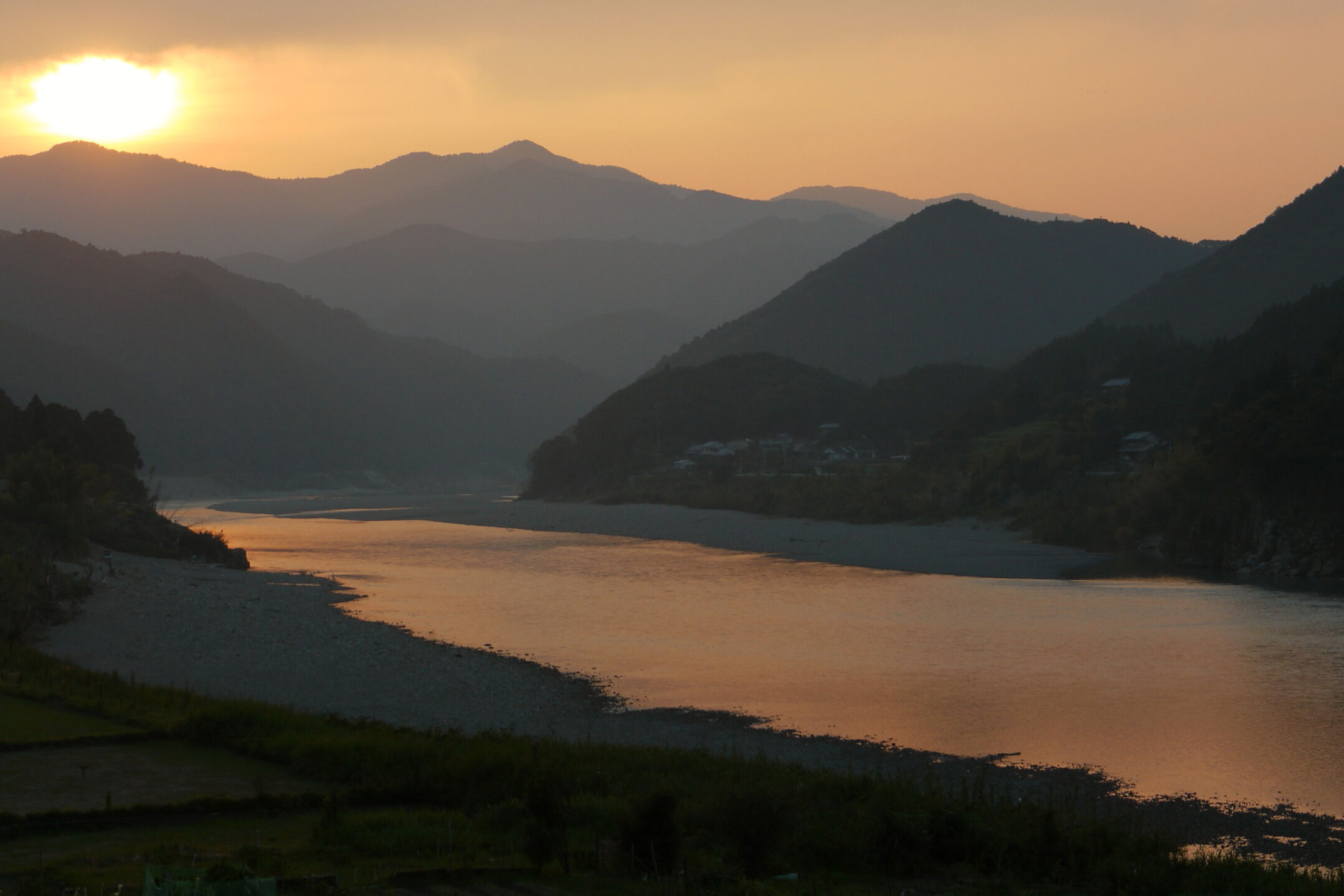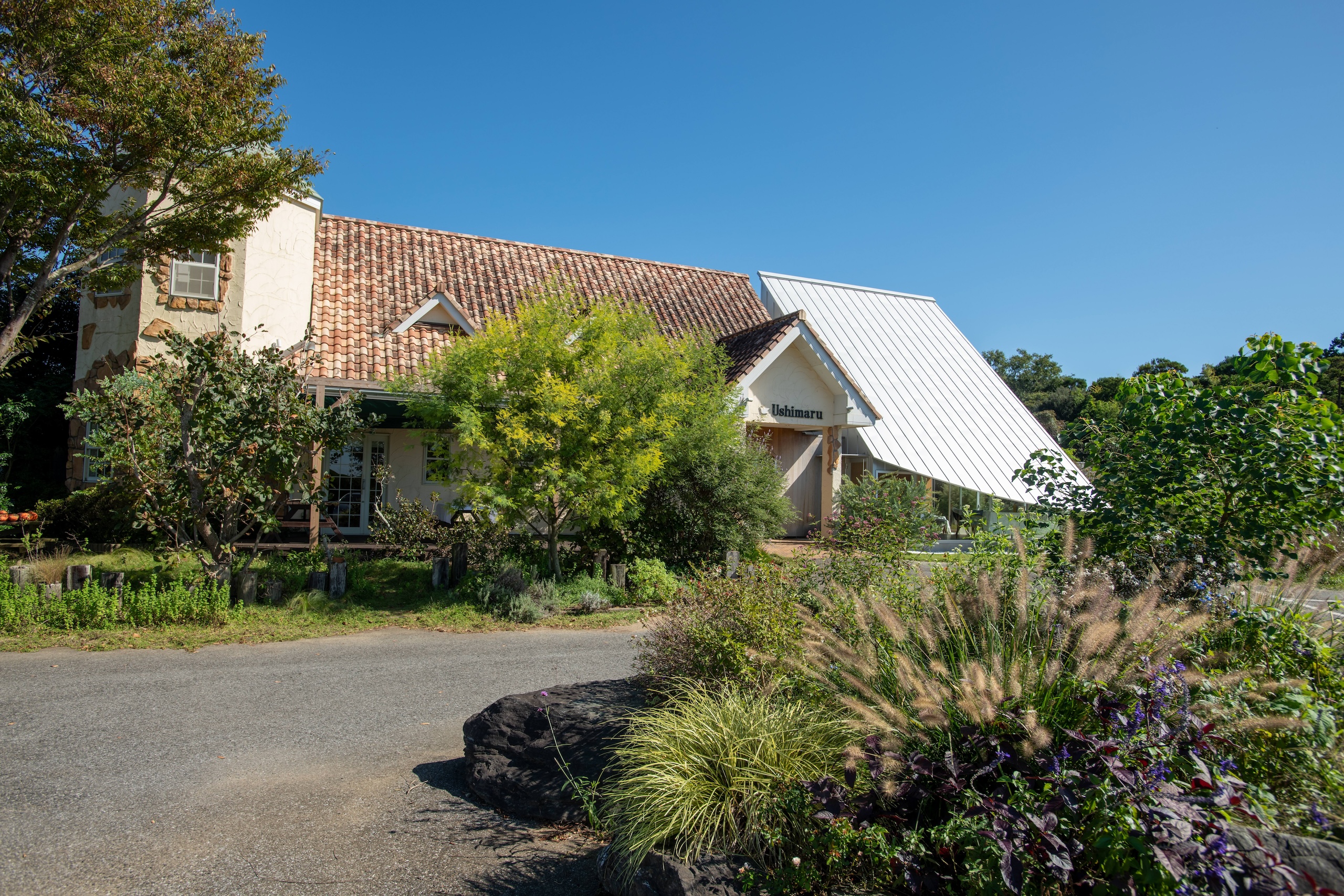Nestled between Ise Bay to the west and Chita and Mikawa Bays to the east, the Chita Peninsula stretches south toward the Pacific Ocean through the Irago Channel. Here in Tokoname, on the peninsula’s western shore, two claims to fame converge: its heritage as one of Japan’s Six Ancient Kilns for Tokoname pottery, and the Chubu Centrair International Airport, opened in 2005. The coastal views overlooking Ise Bay offer picture-perfect vistas that captivate visitors.
“Uniting the bounty of the Chita Peninsula on a single plate” – this vision inspired Chef Daisuke Watanabe, a Tokoname native, to open Le Coeuryuzu in 2017. Here, he transforms local sea and mountain harvests through French culinary techniques, creating bold, untamed dishes that are earning growing acclaim.
But what exactly constitutes the “bounty of Chita Peninsula” that graces the restaurant’s tables? Join us as Chef Watanabe and his wife Kana guide us to meet the artisans and producers behind these exceptional ingredients.
No story of Tokoname would be complete without mentioning its pottery tradition, dating back to the late Heian period (early 12th century). Walking through town, you’ll spot clay pipes from the Meiji era that once supported Japan’s modernization, testament to the city’s industrial heritage. Meanwhile, the artistic tradition of Tokoname ware continues to thrive, with master potters creating exceptional pieces that bridge past and present.
Naturally, Chef Watanabe serves his creations on Tokoname ware, including pieces by Atsuhisa Hisada of “Keigama”, whose textural qualities perfectly complement the robustness of the cuisine.
The mild climate of the Chita Peninsula nurtures thriving agriculture. At “me Edible Flowers”, Fumihiro Mano grows completely organic blooms that last significantly longer than hydroponically grown varieties, thanks to his homemade compost-enriched soil. These flowers aren’t mere garnishes in Chef Watanabe’s kitchen – each contributes its distinct flavor as a seasoning element.
In an intriguing agricultural symbiosis, bamboo groves provide the perfect environment for shiitake mushrooms. Hideki Hiramatsu of “Shiitakeya Hiramatsu” has been cultivating mushrooms for 35 years, with 50,000 kunugi (sawtooth oak) logs nestled among the bamboo. The fast-growing bamboo creates essential shade and protection from typhoons. After the logs complete their mushroom-growing cycle, they decompose to enrich the soil, nurturing the next generation of bamboo shoots. These prized thick-capped mushrooms command premium prices in Tokyo markets.
“Ryosuke Kazama’s fish taught me to appreciate seafood anew,” says Chef Watanabe. Kazama’s path to fishing is unique – as representative of Kazama Suisan, he first went to Ishinomaki, Miyagi Prefecture as a volunteer after the Great East Japan Earthquake. After helping with local fishing operations, he decided to stay and become a fisherman in Miyagi. Through his encounter with Kei Omori, known for the “Omori-style nerve removal technique,” he learned fish selection and the Omori-style nerve removal technique from master Kei Omori before returning home to establish Kazama Suisan at Morozaki Port in Minami-Chita. Chef Watanabe trusts Kazama’s selection so completely that he plans his daily fish dishes around whatever Kazama brings.
Hidetoshi Sawada of Sawada Sake Brewery, known for its Hakuro sake, is another valuable collaborator for Chef Watanabe. Though Tokoname sits by the sea, its exceptional water quality and mineral-rich springs have long made it ideal for sake brewing. Established in Kaei 1 (1848, during the Kaei era, one of the late Edo period’s cultural peaks), Sawada Brewery shares its prized spring water with Chef Watanabe, who makes a daily morning ritual of collecting it. Their collaboration runs deeper still – the chef brings his rice to the brewery to cultivate koji (malted rice, a crucial ingredient in Japanese fermentation) for his shio-koji (salt-fermented koji) preparations.
Experience the essence of Chita Peninsula gastronomy through our course menu, where local ingredients meet artisanal Tokoname ware. The warm hospitality of Chef Watanabe and his wife awaits your visit to this culinary destination where sea meets land, and tradition embraces innovation.
Getting there: Approximately 24 km via Chita Peninsula Road from Nagoya-Minami IC, Tomei Expressway
Address: 3-143-1 Kumano-cho, Tokoname, Aichi Prefecture
Name: Le Coeuryuzu
Tel: +81-569-56-9403
Website: https://le-coeuryuzu.com
Text & Photography/Masashi Okutani
Translation/Yumiko Sushitani
Related Posts
2025-04-26
An Exquisite Auberge in the Land of Fine Sake
Flanked by sacred Mt. Hakusan and blessed by the underground waters of the…
2024-11-10
The Art of Watershed Cuisine Along Sacred Mountain Waters In a World Heritage Village
Tenkawa Village is part of the UNESCO World Heritage site "Sacred Sites and…
2024-11-22
A Miraculous Italian Restaurant on the Boso Peninsula
Upon arrival, guests are warmly welcomed by the smiling faces of…


